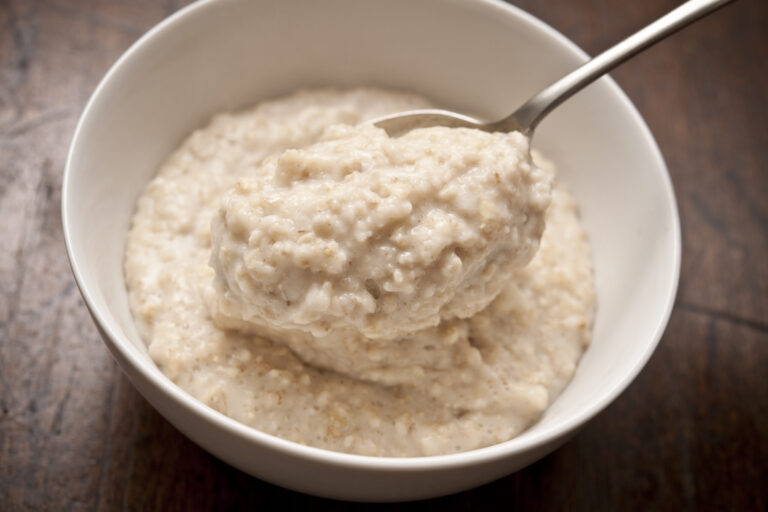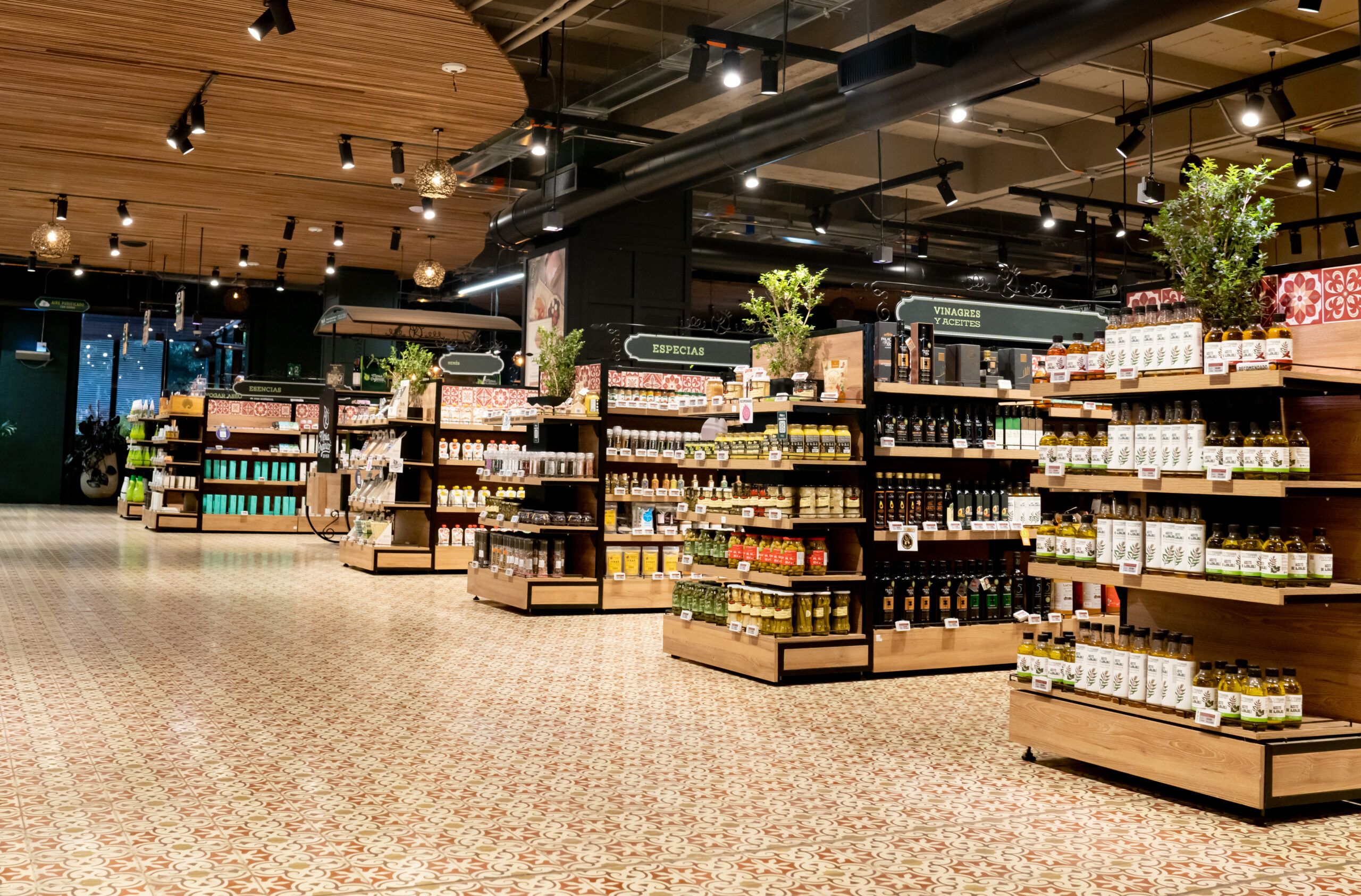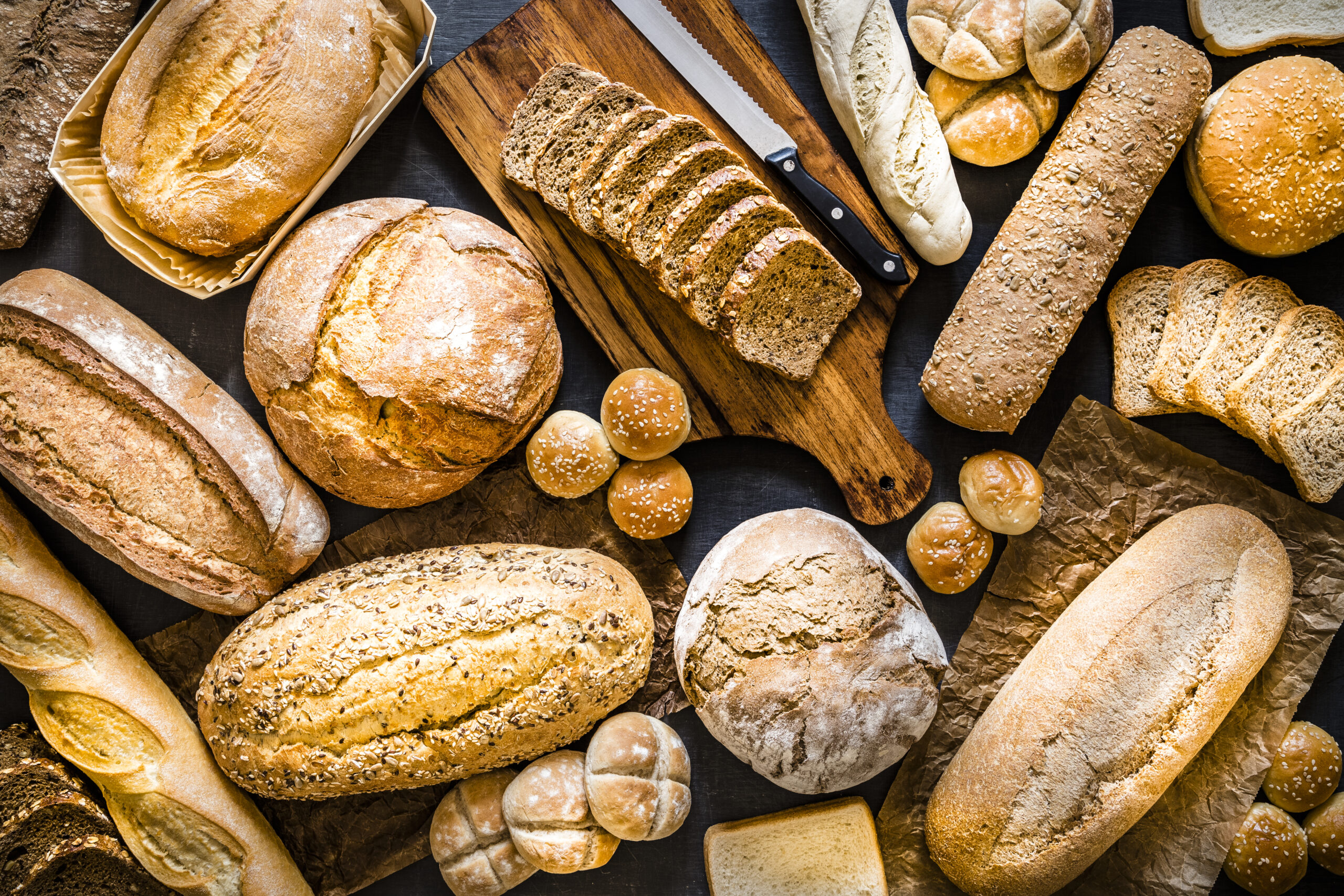In October 1929, the U.S. stock market crashed and launched the country into the worst economic downturn in its history. The depression was during this period in time that bare-bones recipes were created. We probably wouldn’t eat most of them today — however, it was these meals that kept America going.
Creamed Chip Beef
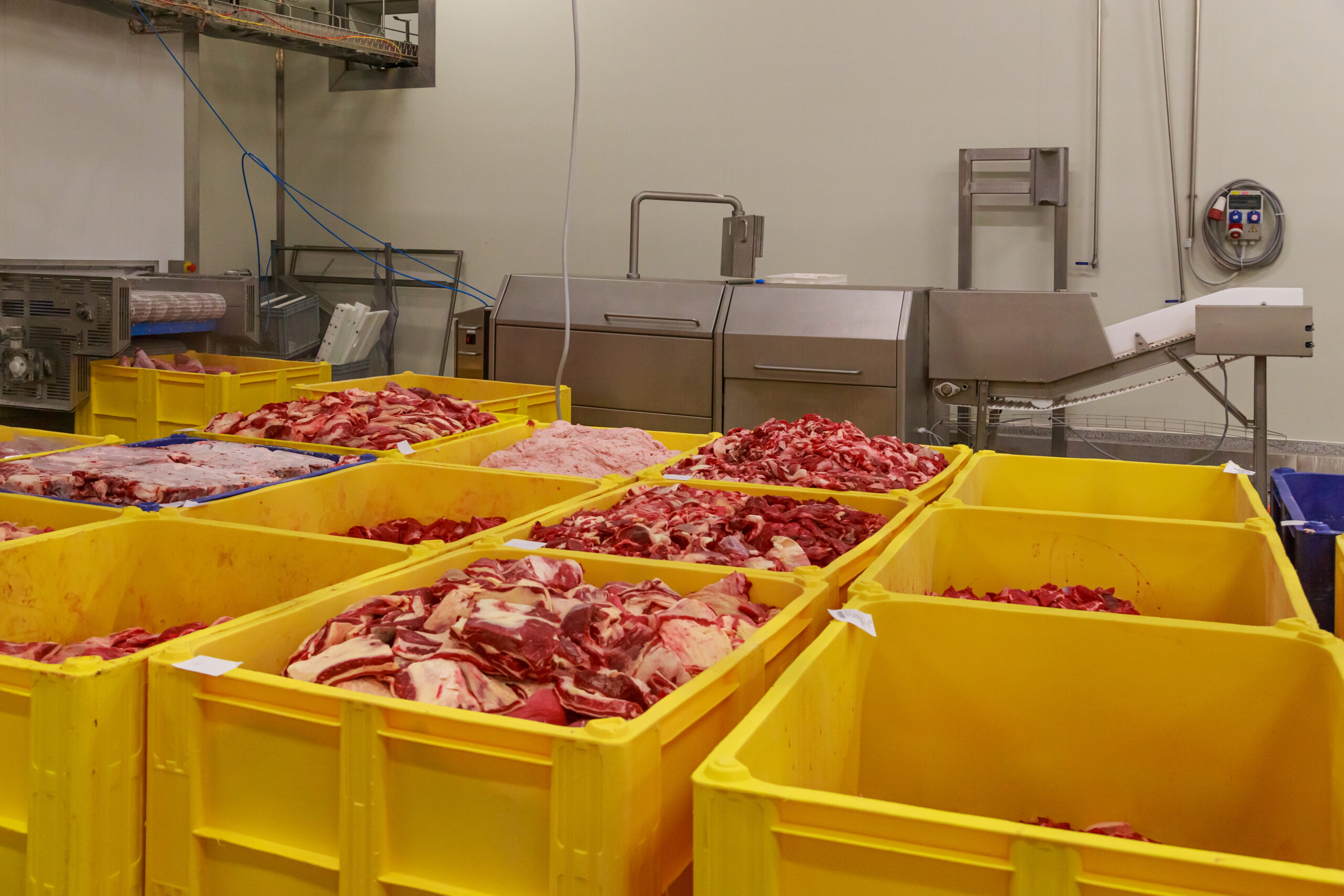
Creamed chip beef looks about as appetizing at it sounds. This was made with dried beef, rehydrated in a roux of butter, flour, and milk.
Served on a piece of toast, creamed chip beef is also lovingly called “Shit on a Shingle” or “Save Our Stomachs” — “SOS” for short.
Not everything sounded delicious, but getting fed was the most important thing. Pinching pennies is definitely tough, but it becomes easier with the right recipes.
Mulligan Stew
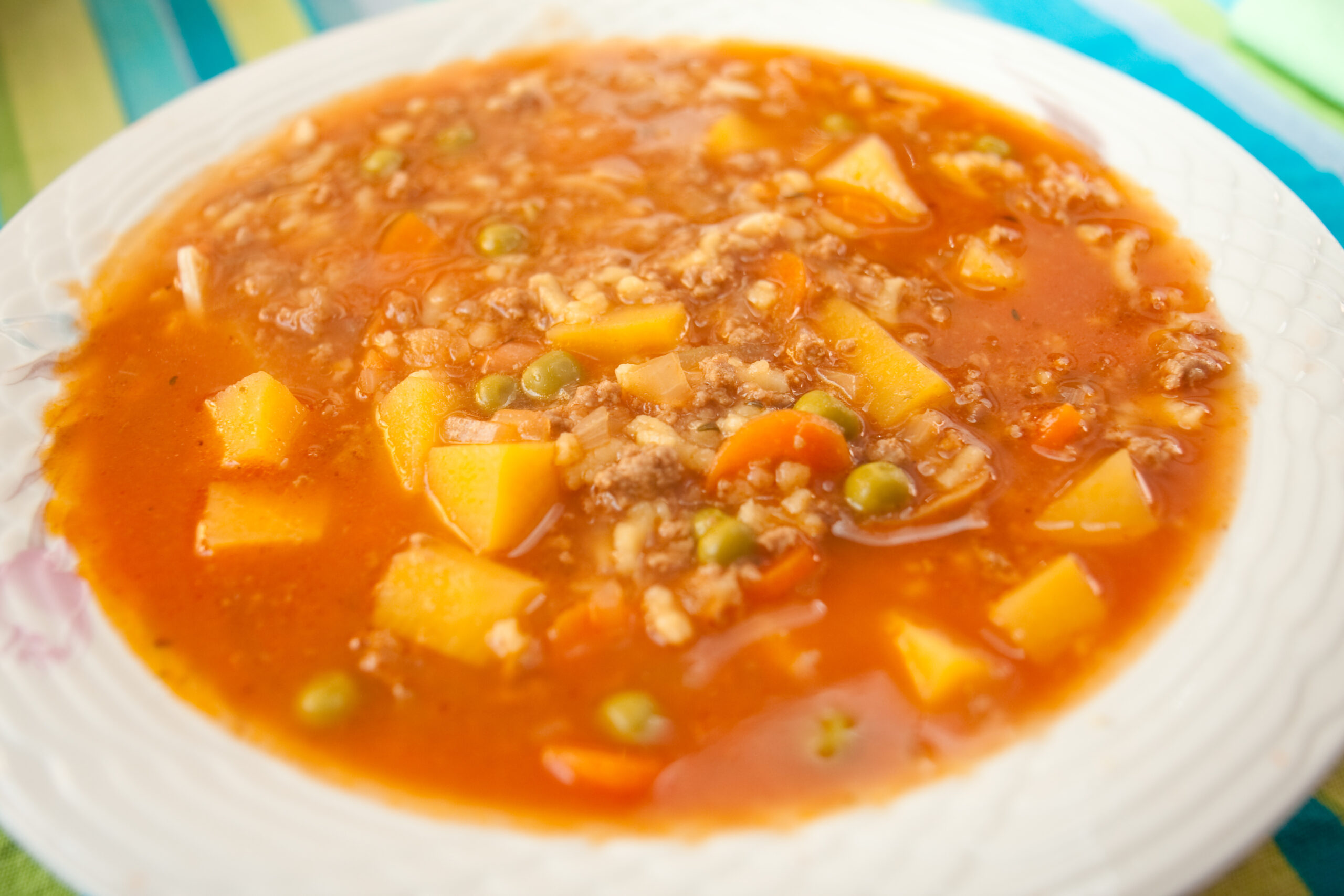
Mulligan stew was reportedly first created by the homeless population during the Depression and was a total mish-mosh of whatever food the neighborhood had.
People would gather around a campfire and throw in whatever they had into a pot to make Mulligan stew. Was it good? Depends on the day.
Sometimes this included sawdust and lint. Today, it’s more like a traditional vegetable stew, with carrots, potatoes, tomatoes, etc.
Balogna Casserole
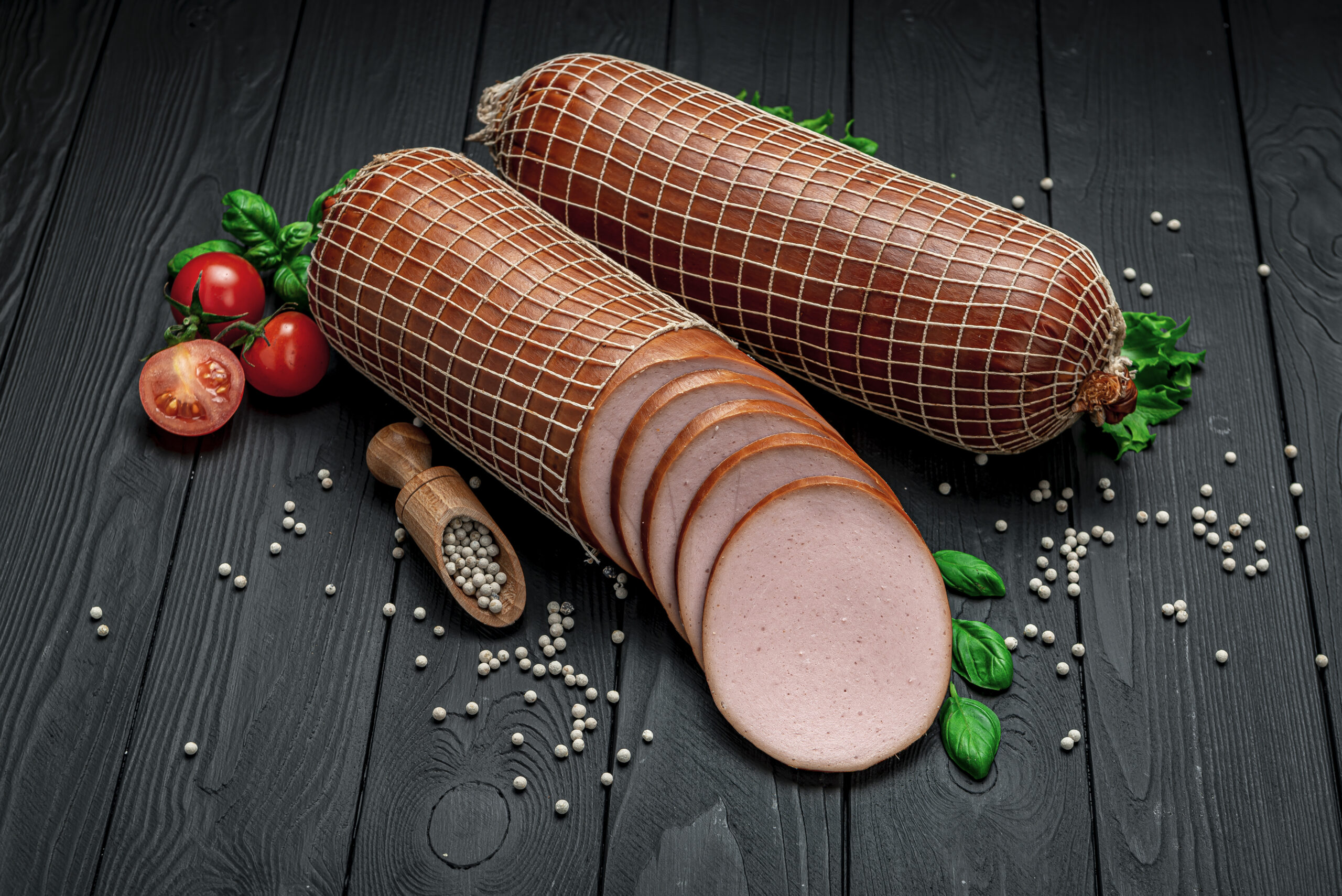
Bologna is not something you’d want to see in a casserole. However, if you think of its relatively low price, it was definitely super cheap to make.
When meat was too expensive during the Depression, people turned to bologna to get their protein. For that reason, people tried putting it in casseroles!
Bacon, peppers, onion, canned pork and beans, canned chili and beans, cheddar cheese, and of course, bologna, this casserole recipe was hearty and flavorful.
Poor Man’s Meal
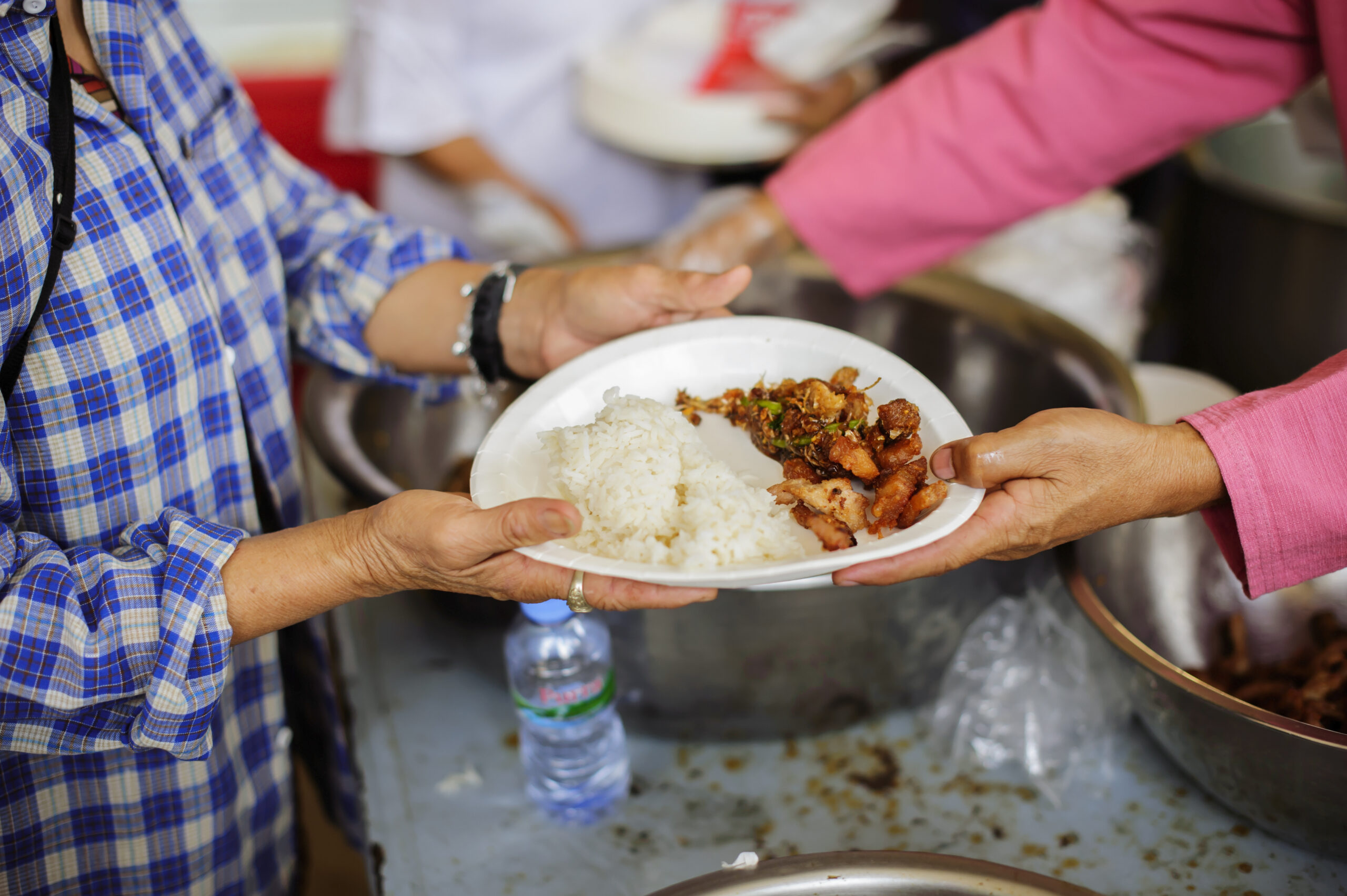
In 2007, 91-year-old Clara, who had to quit high school during the Depression because her family couldn’t afford socks, showed the world how to make this.
It’s a fried potato-based meal served with diced hotdogs, resembling latkes and salami. It may not sound like much, but it packs a mean punch.
Clara said her mother would cook potatoes with everything and anything because they were hearty. However, at a dollar a sack, they weren’t that cheap.
Hot Water Pie

Emmy, from the emmymadeinjapan YouTube channel, made this hot water pie from a recipe sent in from a viewer whose grandmother made it.
Hot water pie is made from simple ingredients like butter, sugar, and flour for the crust, and butter, sugar, eggs, and boiling water for the custard filling.
It’s simple, sweet, and easy. You really just need hot water and some basic ingredients, then boom! You have yourself a yummy hot water pie.
Jell-O Ice Cream

Raspberry Jell-O mixed with sugar, milk, vanilla extract, and whipped heavy cream, reportedly comes together to make no-churn ice cream.
Glen from the Glen & Friends Cooking YouTube channel tried it out. That doesn’t guarantee it’s any good, but Jell-O’s fine, and ice cream is ice cream.
Although it can’t compare to Ben & Jerry’s, he says that it would have been a real treat during the Depression. This recipe’s beauty lies in its origins.
Hoover Stew
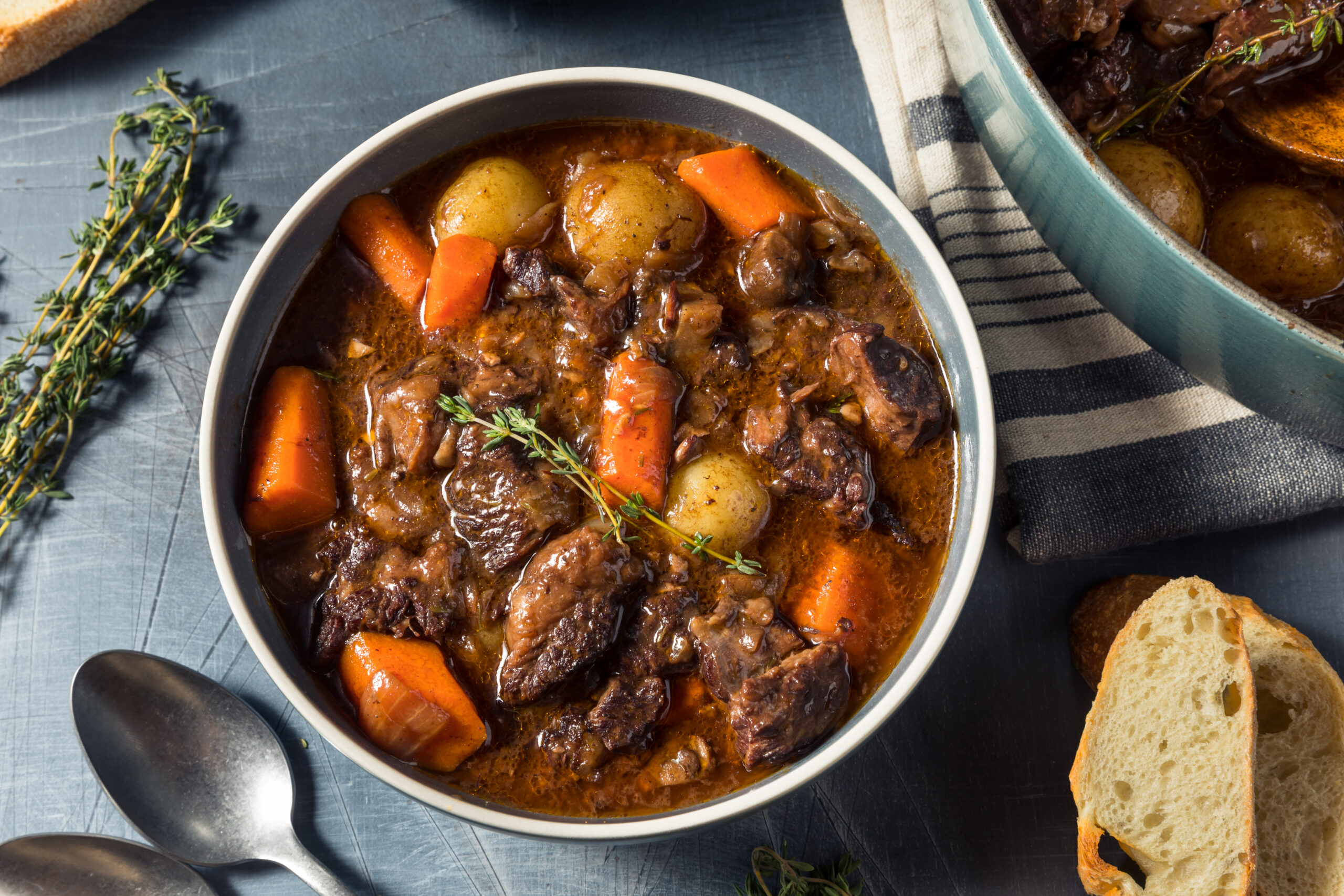
Similar to macaroni with hot dogs, our modern-day guilty pleasure, Hoover Stew was made with macaroni, canned tomatoes, hot dogs, and canned corn or beans.
It’s a delicious medley that many still make, but with less hot dogs (although there are few out there who prefer the OG method.)
It was named after President Hoover, who took office right before the financial crash of 1929, and was eaten by families in shanty towns.
Egg Drop Soup
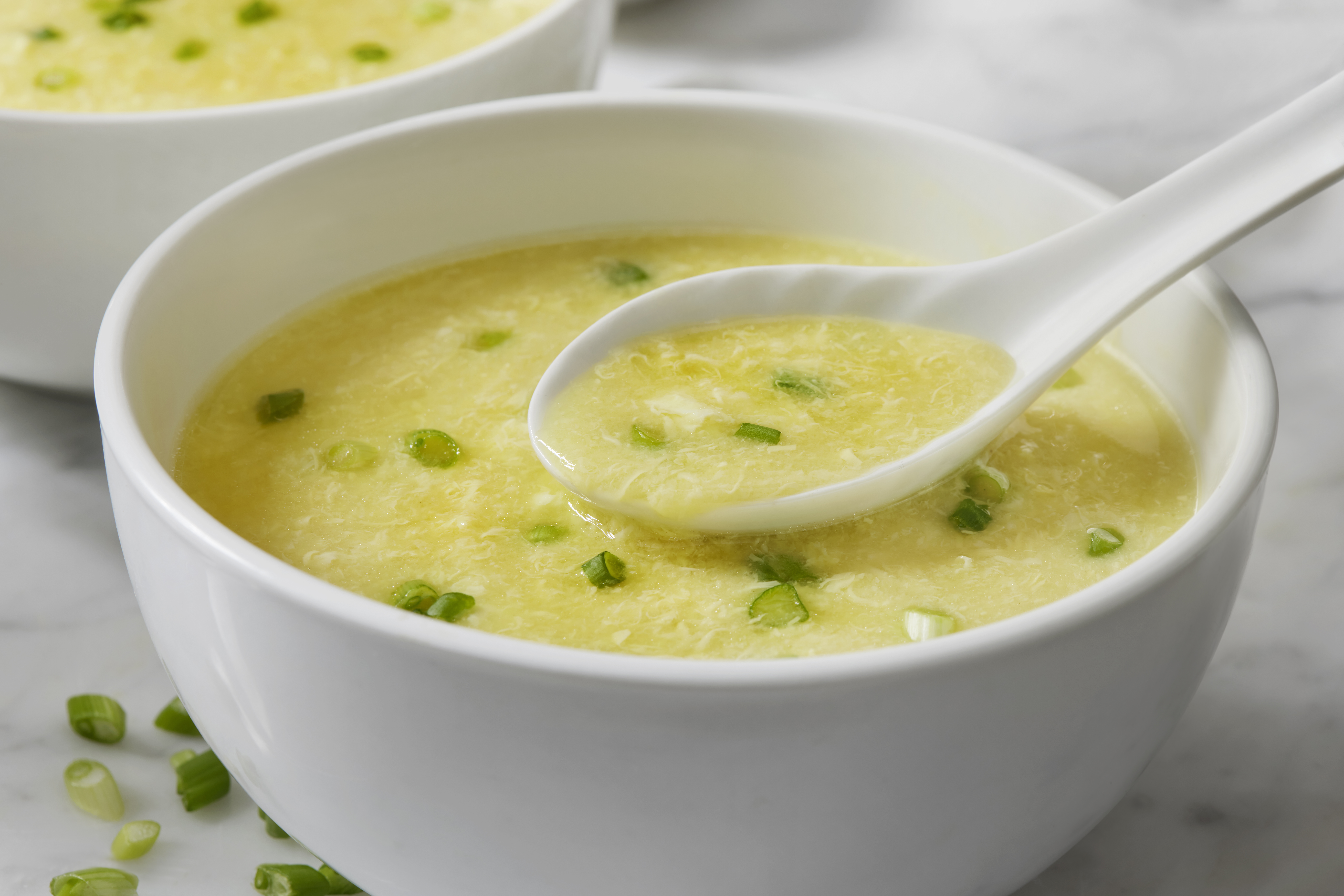
Clara’s Depression egg drop soup is nothing like the stuff you get at your favorite Chinese restaurant. Still, it manages to be pretty delicious either way!
Her version includes browned potatoes, onions, a simple salted water broth, and scrambled eggs. As with the Asian-style soup, it emphasizes the egg.
Just before serving it atop a piece of crusty bread, Clara works some parmesan cheese into the soup. Easy enough, right? Try it yourself.
Peanut Butter-Stuffed Onions
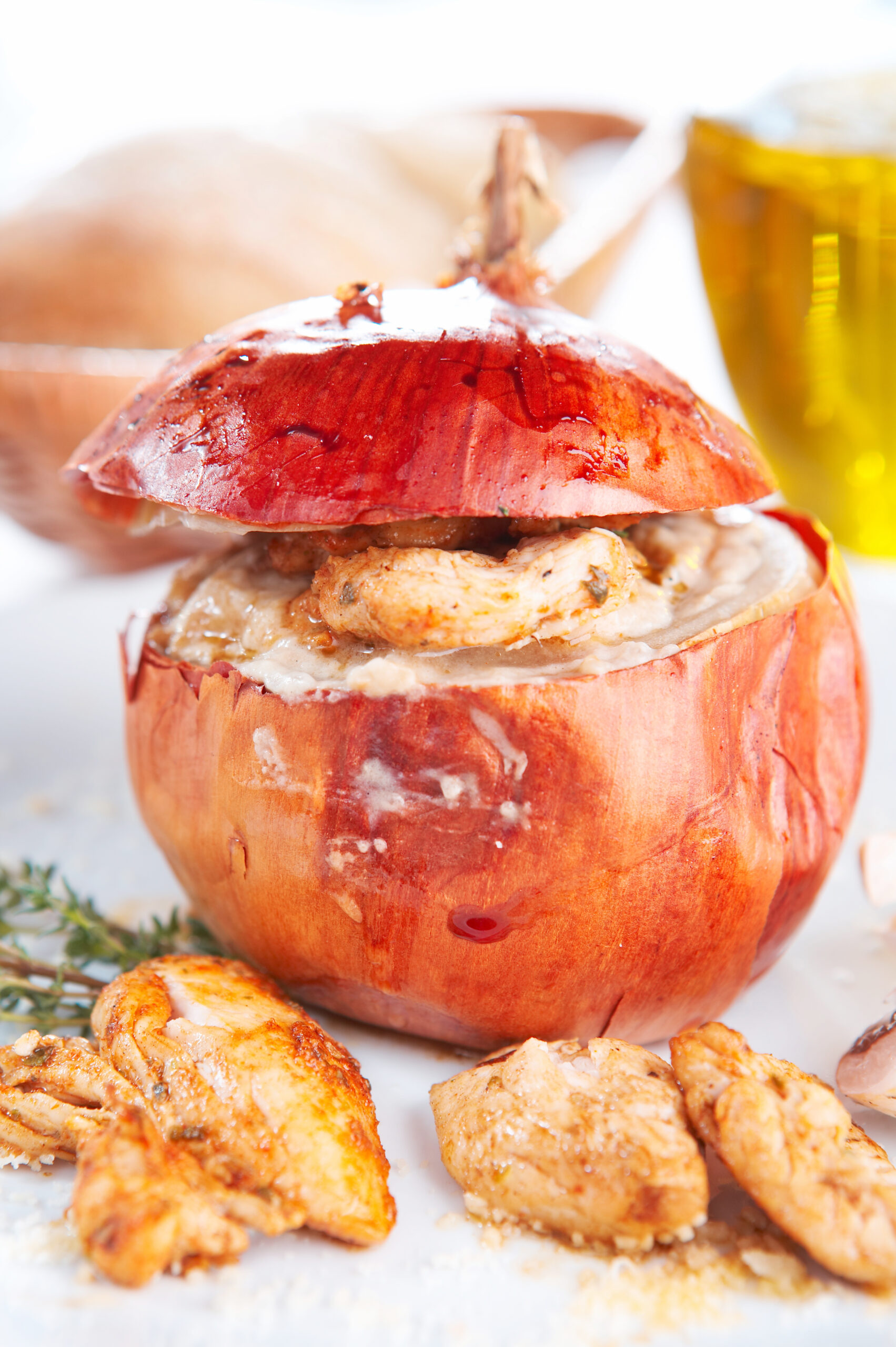
According to Homestead Survival Site, peanut butter-stuffed onions were recommended to students by home economics teachers.
To make, simply bake an onion, remove the inner parts, and stuff it with peanut butter. It was…bad, but it did its job, filing people’s stomachs.
If you’re scouring this list for recipes to try at home, consider some of the other options. Onions and peanut butter are a bad combo.
Dandelion Salad
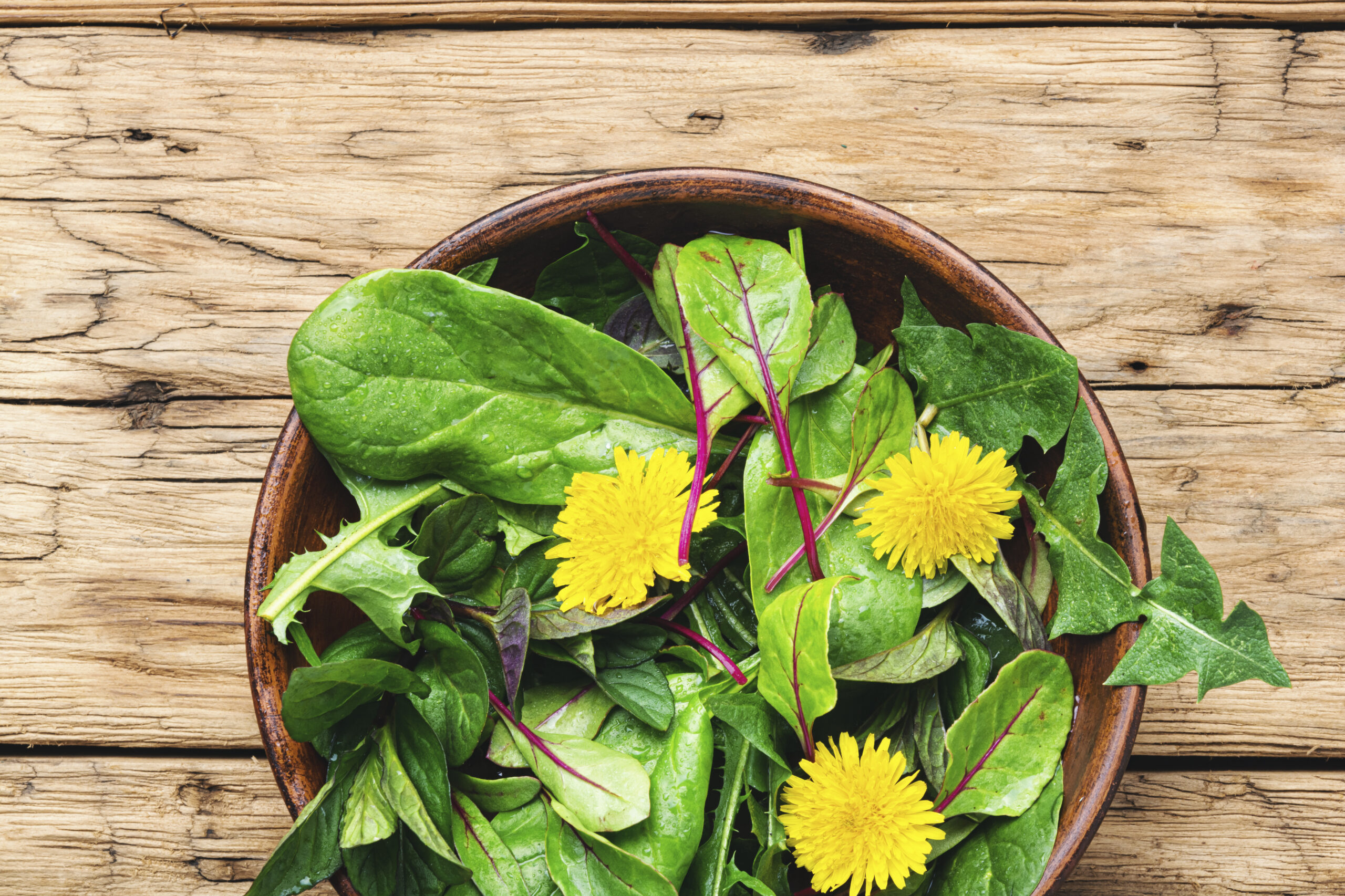
Yup, that’s right. People would go out to their front lawns and pick dandelion greens for dandelion salad. Honestly? Not a bad idea at all.
In a video, Clara explains the process of cleaning the greens. She then dresses the salad with lemon juice, olive oil, and salt.
And TBH, it doesn’t look too bad. Still, it’s a bit odd eating weeds. Dandelions are probably hard to pick out of your teeth.
Garbage Plate
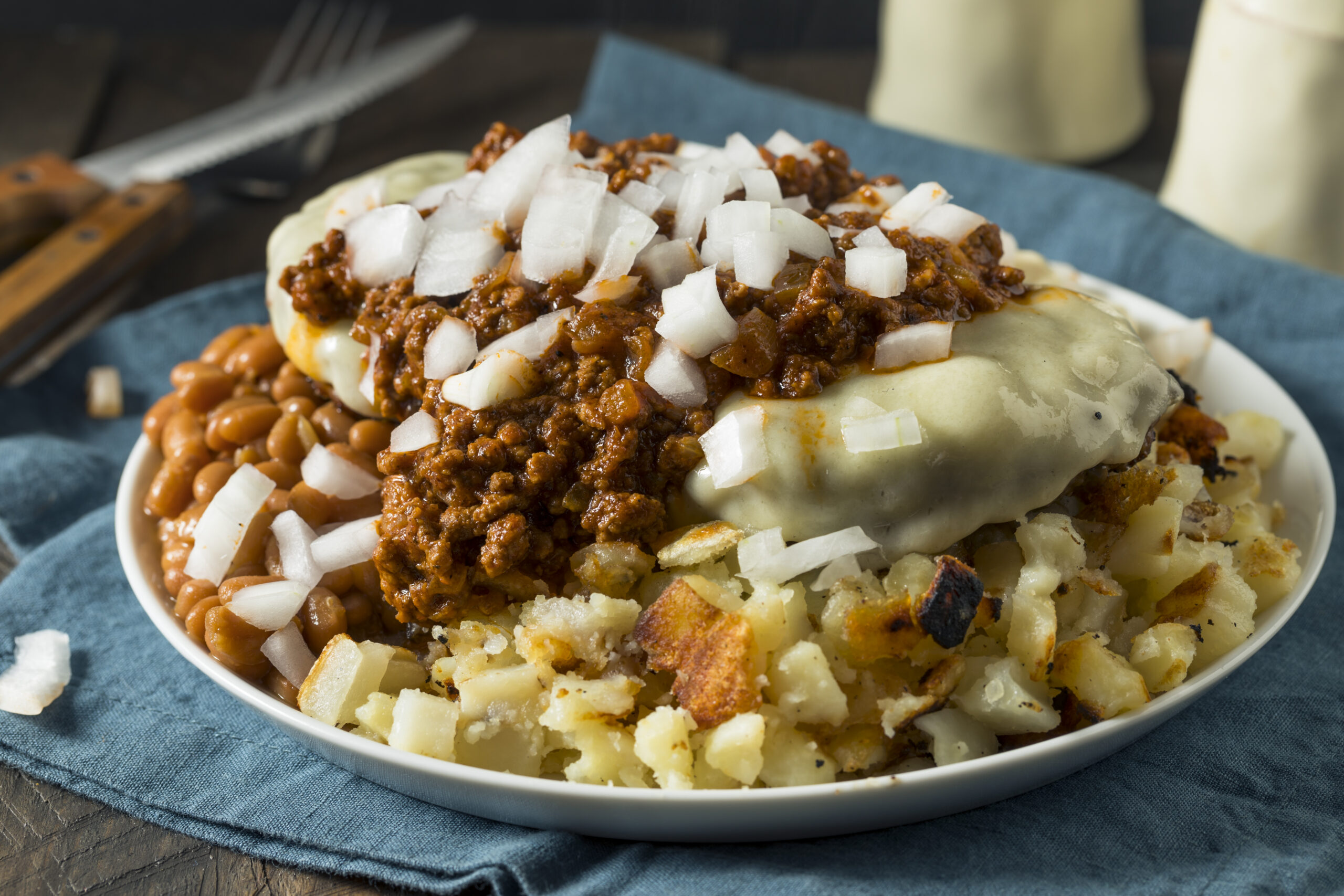
Still found at various diners located in and around Rochester, New York (and other “upstate” locations), the Garbage Plate is the mashup to end all mashups.
It consists of macaroni salad, home fries and/or baked beans, and sausage or cheeseburger. It’s topped with a beef chili, white onions, mustard, and ketchup.
The name may be off-putting, but the dish itself is anything but that. This is another “hodge-podge” creation, but it results in the perfect blend.
Cooked Bread
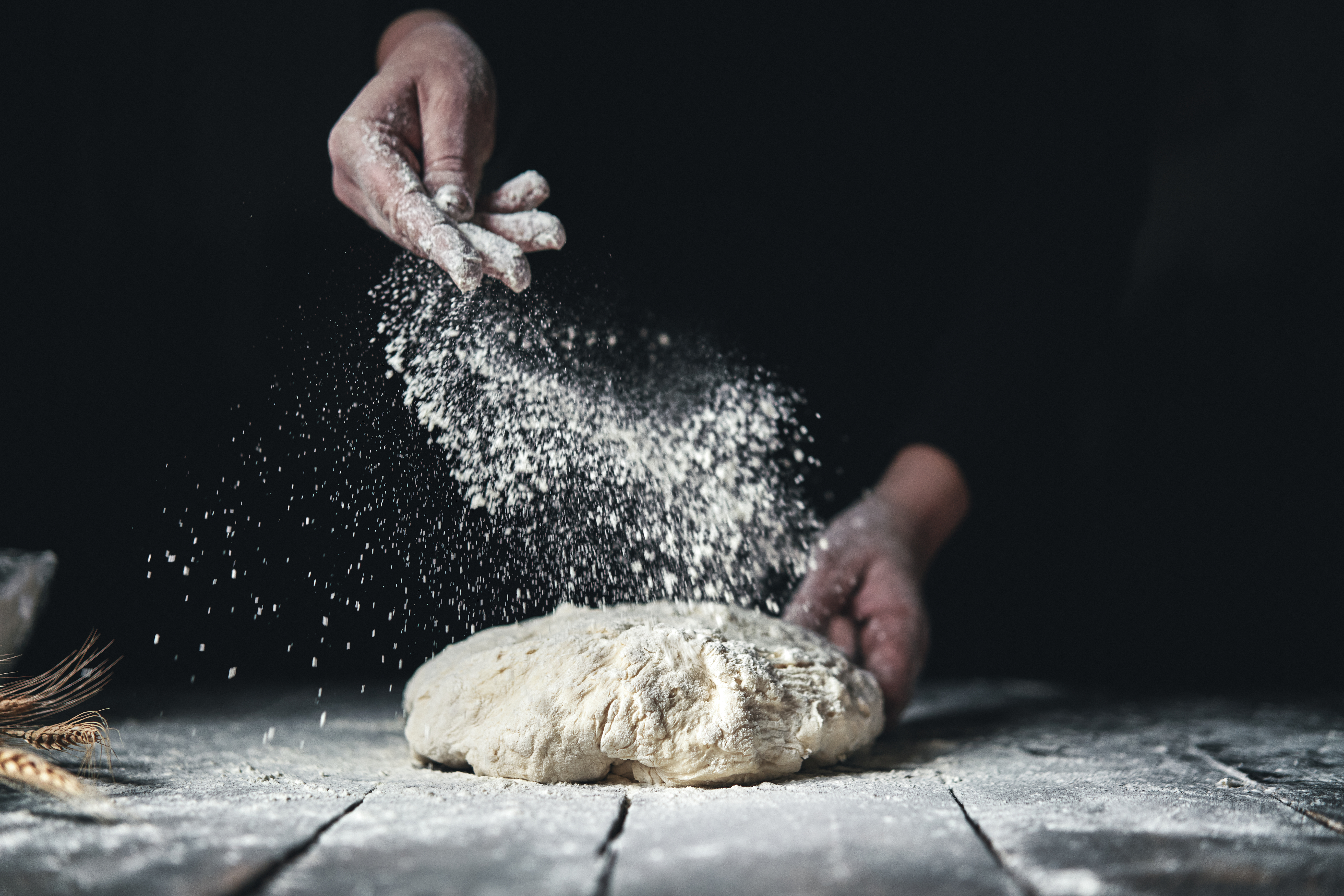
As Clara said in a 2009 YouTube video, you made cooked bread when your existing loaf was too hard to do anything else with.
Cut the hard bread into slices, and then pour olive oil and salt on top. Doesn’t sound too bad. Everything’s working out so far, right?
This is where it gets weird: pour boiling water over the bread, completely soaking all the slices. Then, mash the bread up, before eating.
Cabbage and Dumplings
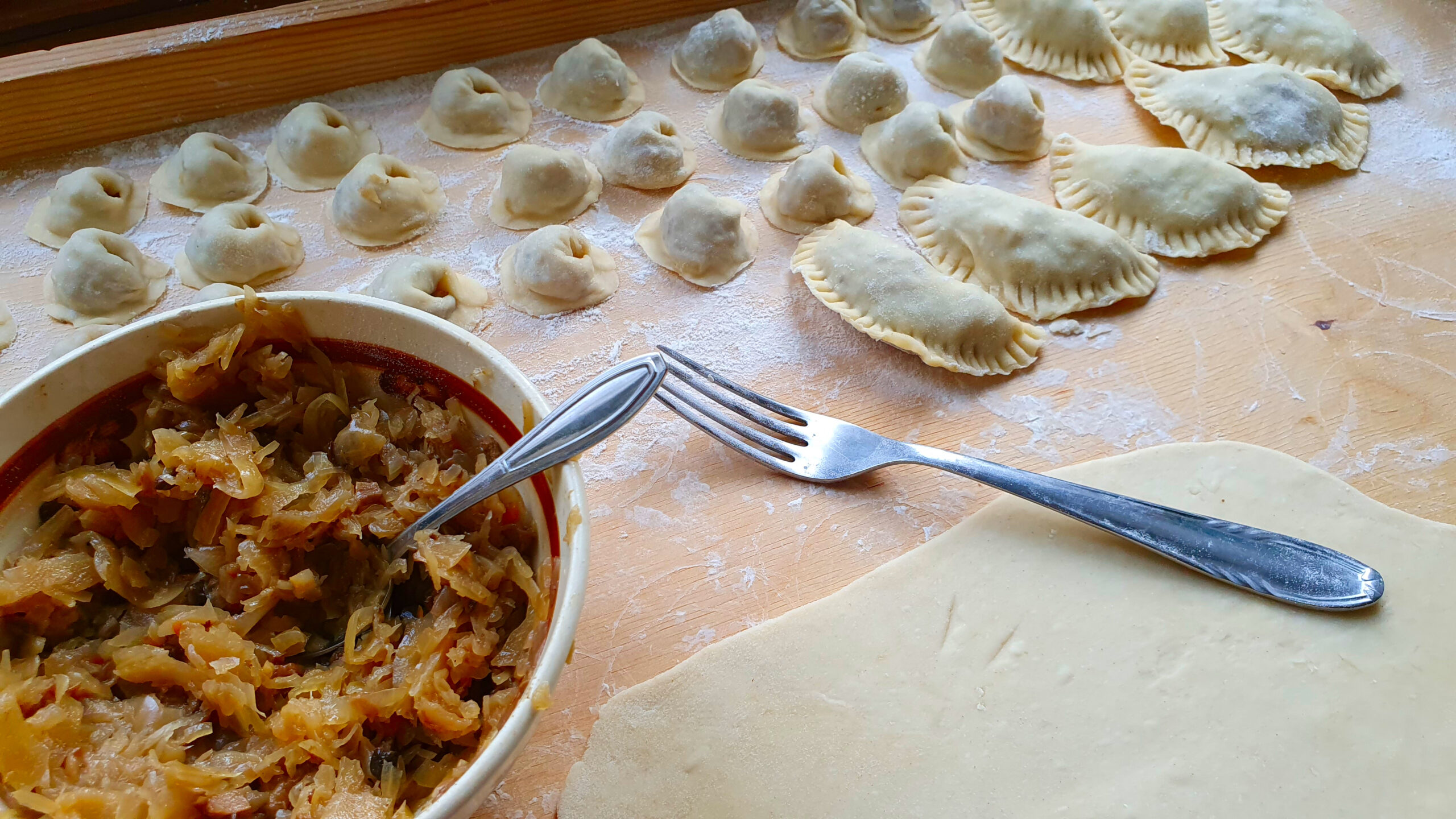
The title explains it all — just cabbage and dumplings. It’s as basic as basic can get, while still managing to be very yummy.
How do you make them? It’s not too difficult. Fry cabbage and onions in a cast iron pan and pair with egg and flour dumplings.
It’s not pretty, but it’s tasty and nutritious. Like most of these dishes, it gets the job done well. It doesn’t need to be perfect.
Amish Cold Milk Soup
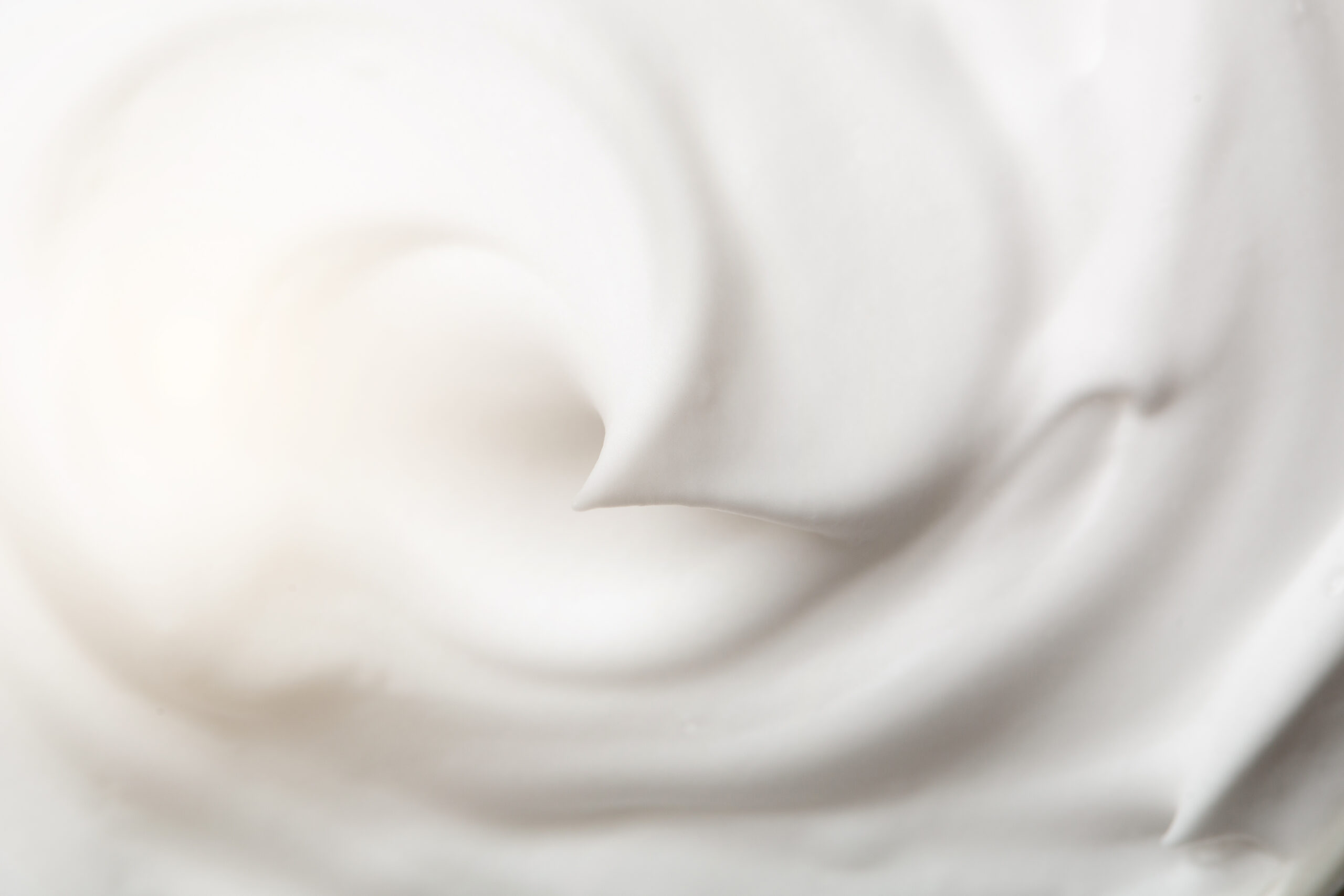
According to Kevin Williams on YouTube, this dish is a staple in Amish households, and was especially so during the Great Depression. So, what is it?
Think cereal without the cereal. Cold Milk Soup is simply milk, bananas, and sugar, served cold on a summer day. Simple, but not too bad.
This is one of those things you do when there’s no other options. The Great Depression was brutal, and people needed to find creative ways to eat.
Mock Apple Pie
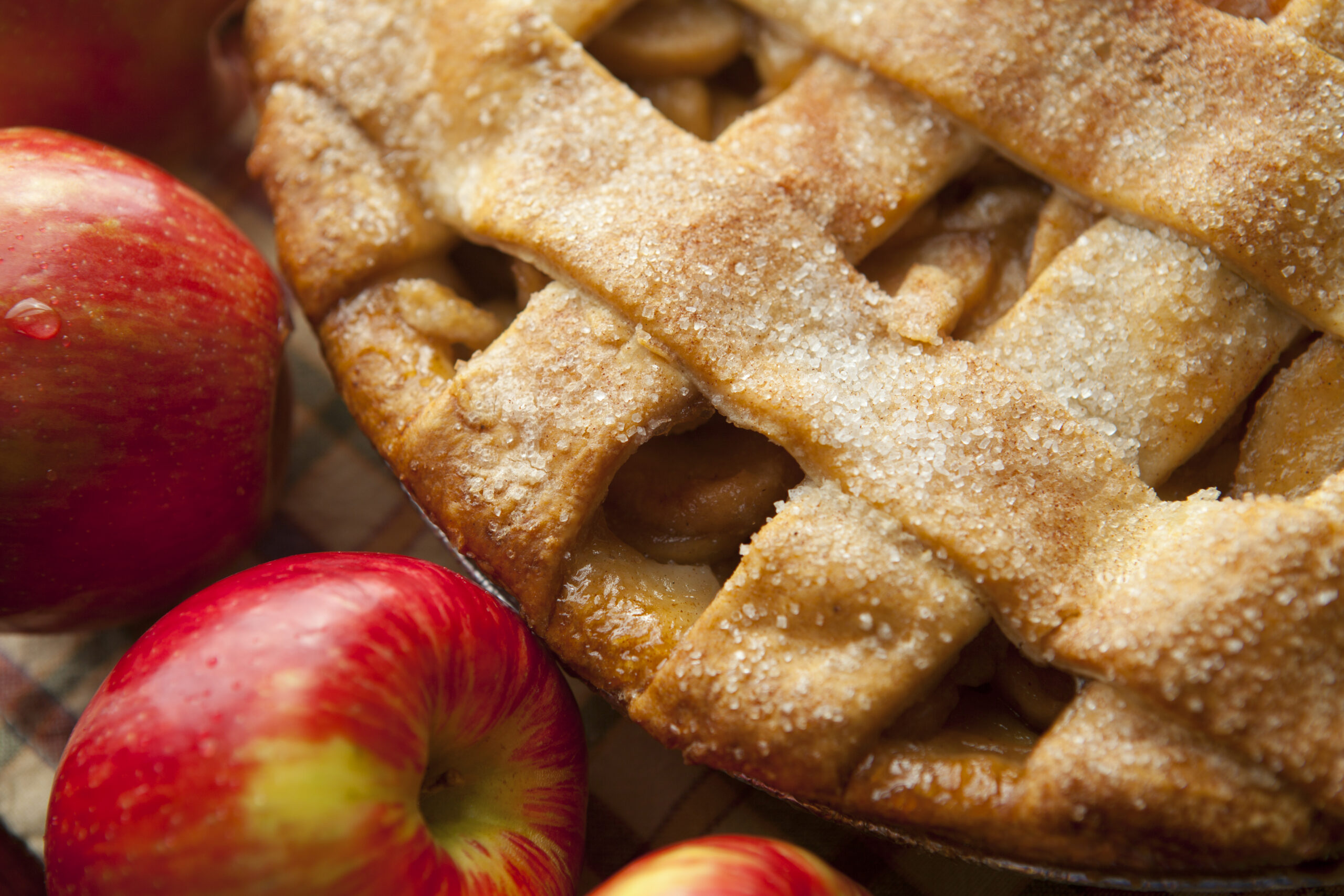
“Mock” anything makes us skeptical, as it should. And this pie is definitely something to be skeptical about. You see, it didn’t use real apples.
Depression-era mock apple pie uses Ritz crackers as an apple filling alternative. Think of the sweet and salty contrast…Maybe it’s worth trying.
Emmy from the emmymadeinjapan YouTube channel tried the recipe out, and she couldn’t believe how apple-y (and delicious) mock apple pie actually is.
Rabbit Stew and Dumplings

This meal would be the final meal one could make from rabbit meat. The first night, one would bake the rabbit.
The second and third nights well thats for rabbit. Dumplings with rabbit stew would be prepared and last for however many days it could sit in the fridge.
It’s all about stretching what ingredients you have. This stew is being about as resourceful as you can be! Give it a try, if you like rabbit, you will definitely like this.
Vinegar Pie
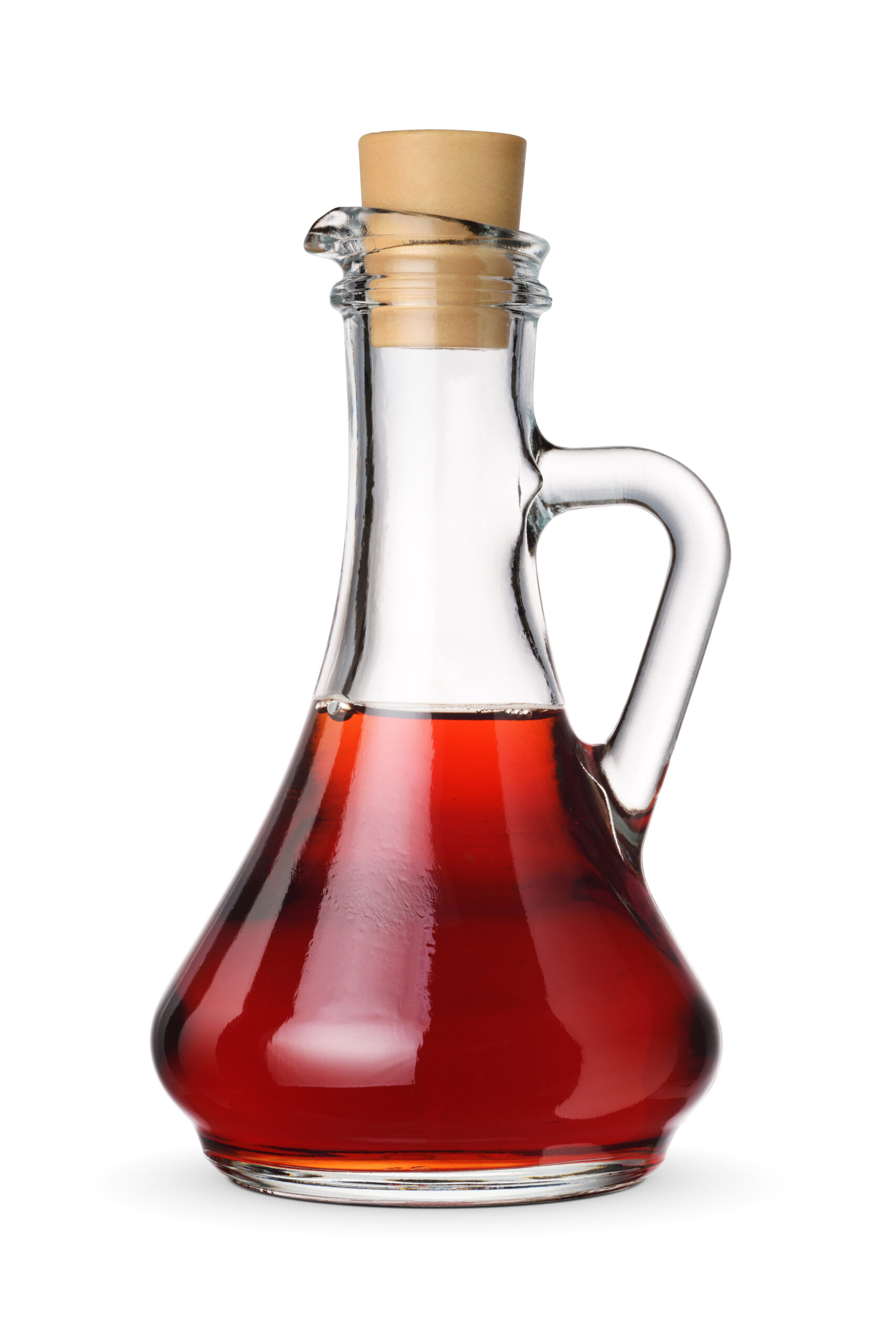
Vinegar pie used apple cider vinegar in the filling. Martha Stewart’s site claims it was first invented during the days of covered wagons.
And when fresh produce was scarce again in the early 1900s, the vinegar pie made a comeback — and actually, hasn’t left.
Its somewhat sad to think that people would eat a pie filled with a bunch of vinegar, but this is about being creative and pinching the penny.
Prune Pudding

We can thank Eleanor Roosevelt for this one. She famously persuaded President Franklin Delano Roosevelt to serve prune pudding to White House guests.
Prunes stored for much longer than fresh fruits and were less expensive than other fruits used for puddings and pie fillings.
Prune pudding on the other hand actually seemed to be a bit popular. This may have had something to do with the FDR’s love of the treat.
Breakfast Sugar Cookies
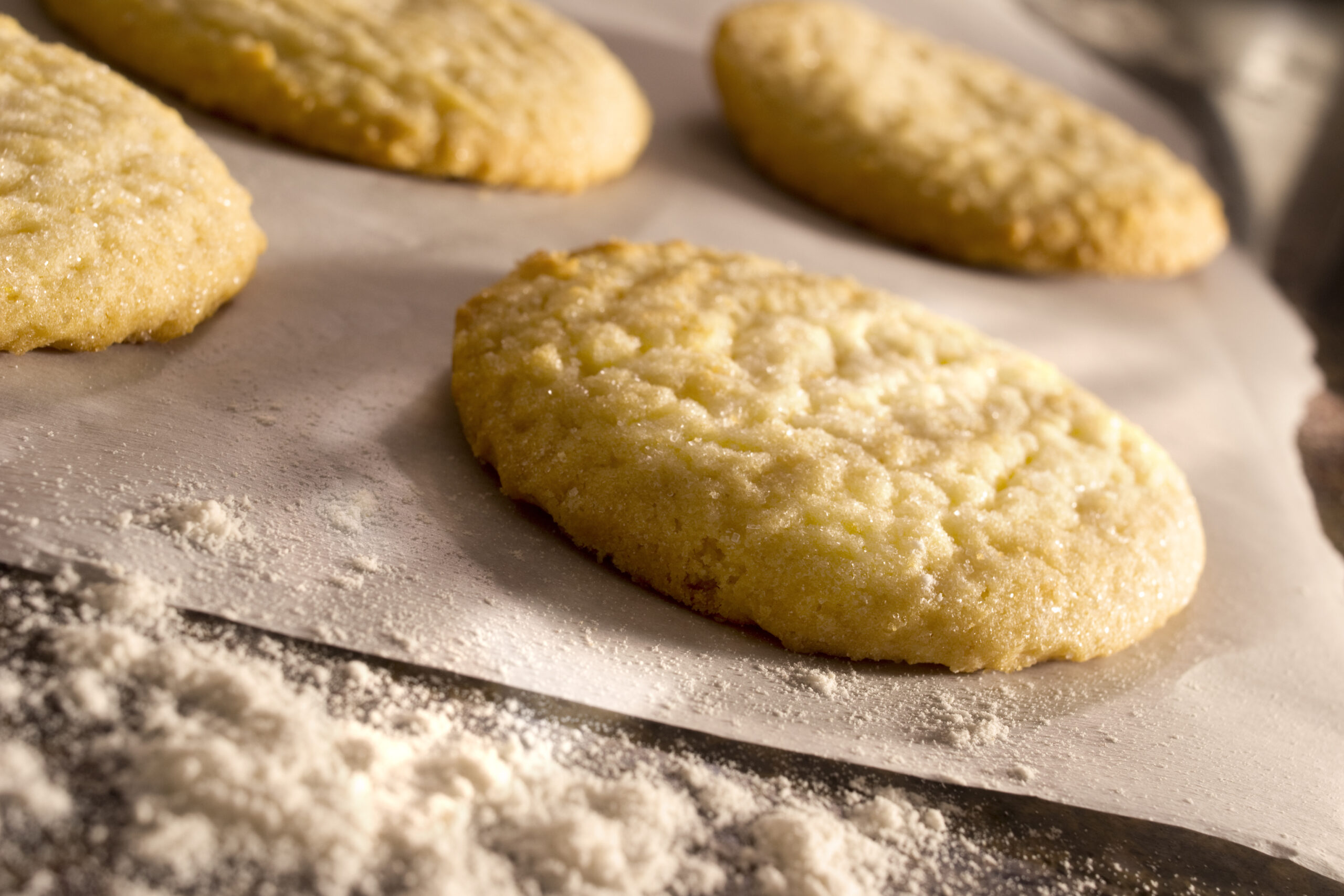
Clara’s mother used to make sugar cookies for breakfast on Sundays. Sugar cookies for breakfast? Now that sounds pretty good to me…
The cookies were simply made with eggs, sugar, and flour, and the kids usually got more condensed milk than they did coffee.
Who can complain about cookies in the morning? I mean after some time it may make you feel sick but for the most part every bit of it will be just delicious.
Peanut Butter and Mayo Sandwich
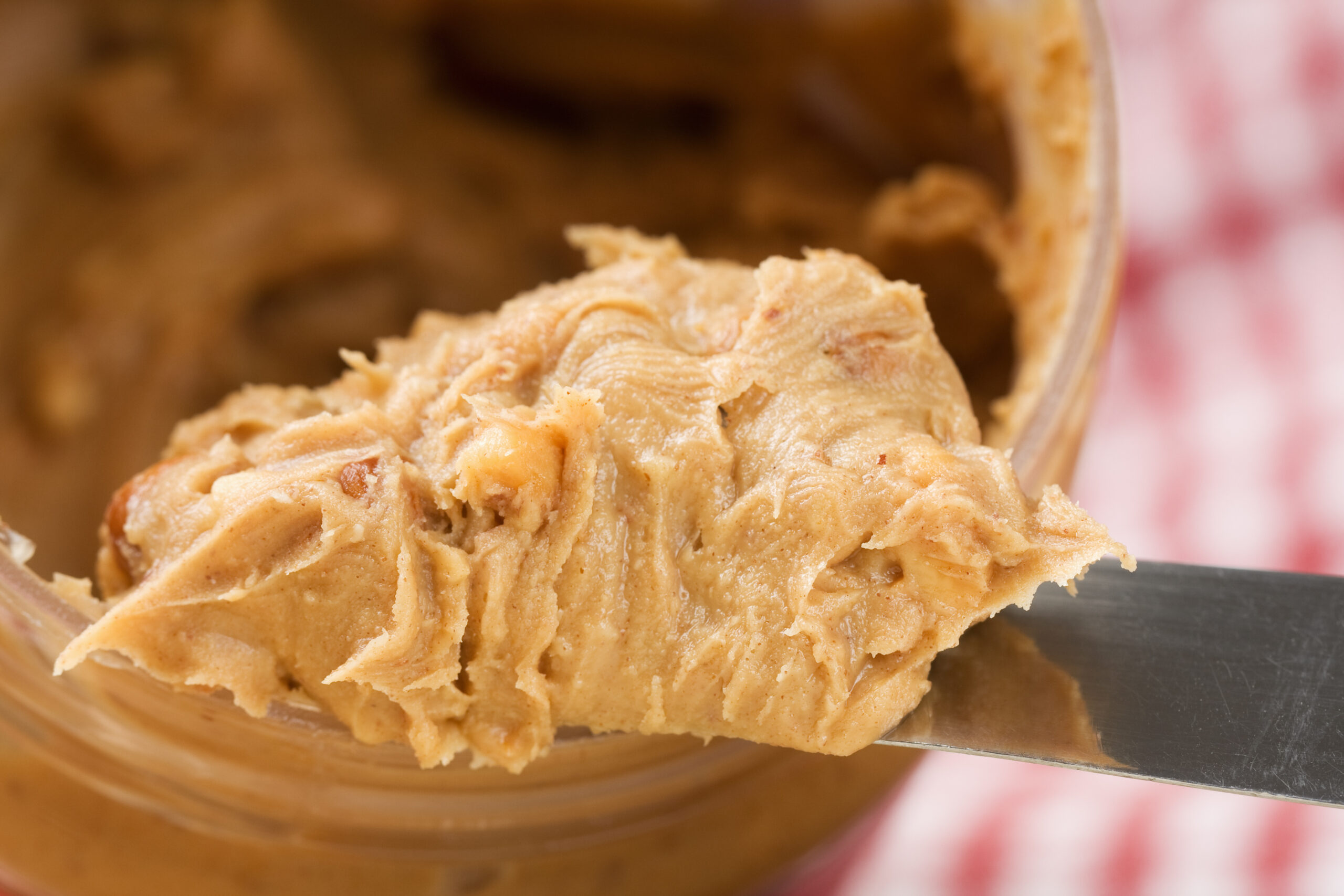
As Garden & Gun reports, the peanut butter and mayonnaise sandwich took hold of America in the 1930s, during the peak of the Depression.
Every household had the two staple items — mayo and peanut butter — and the sour, nutty, concoction was filled with more than enough protein.
This may not sound like the ideal mix but hey some of these aren’t the most appetizing, but they will do the job of filling you up!
Peanut Butter and Pickle Sandwich
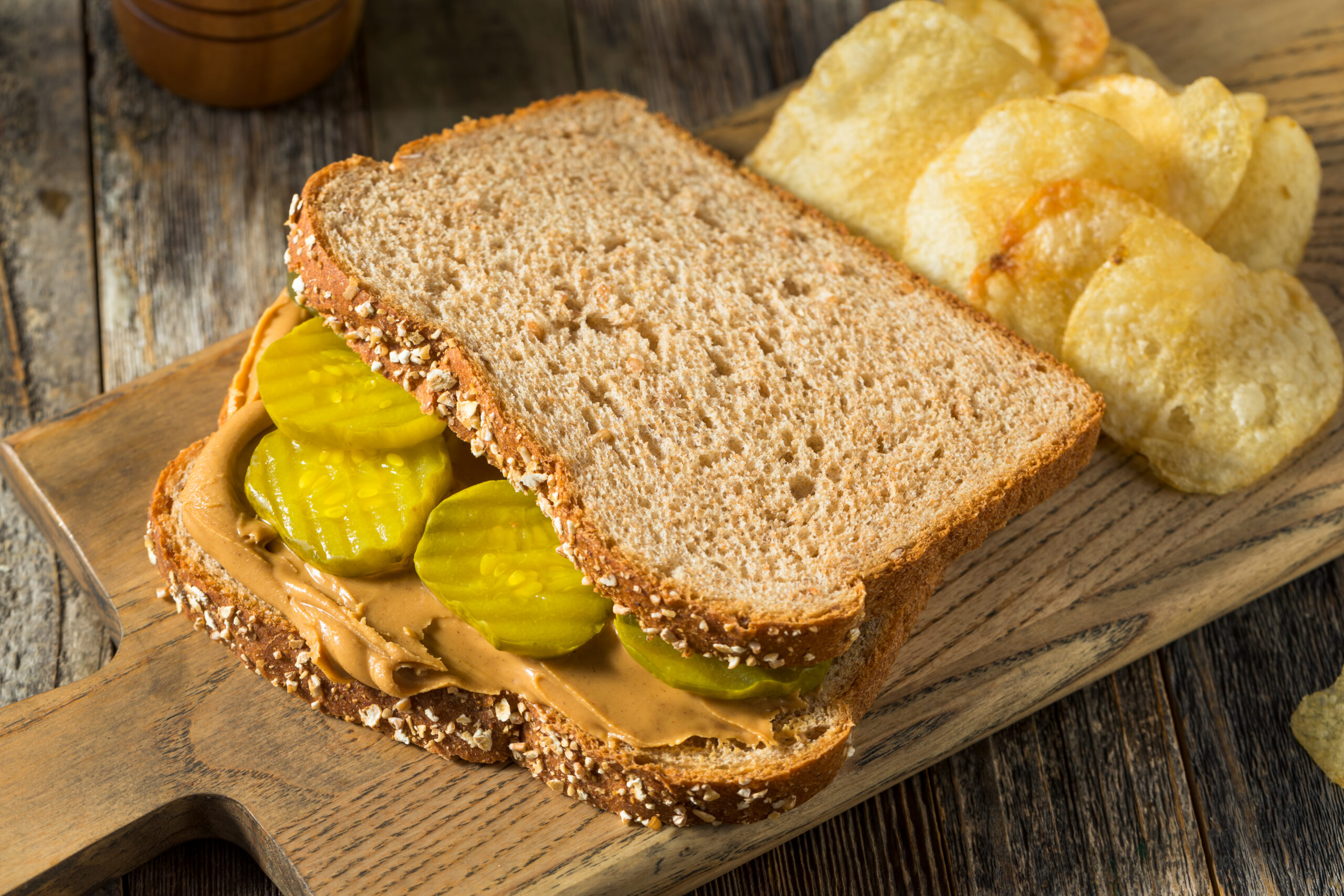
Just like PB&Mayo sandwiches, peanut butter and pickle sandwiches were also a Depression lunch counter staple. The focus of course is the peanut butter.
Again, they were cheap to make and some may even say they’re pretty tasty. That’s not a guarantee from us, but hey give it a try! You never know!
In fact, The New York Times investigated the legend that is the PB&P and found that some enthusiasts still eat the sammy and find it tasty!
Milkorno
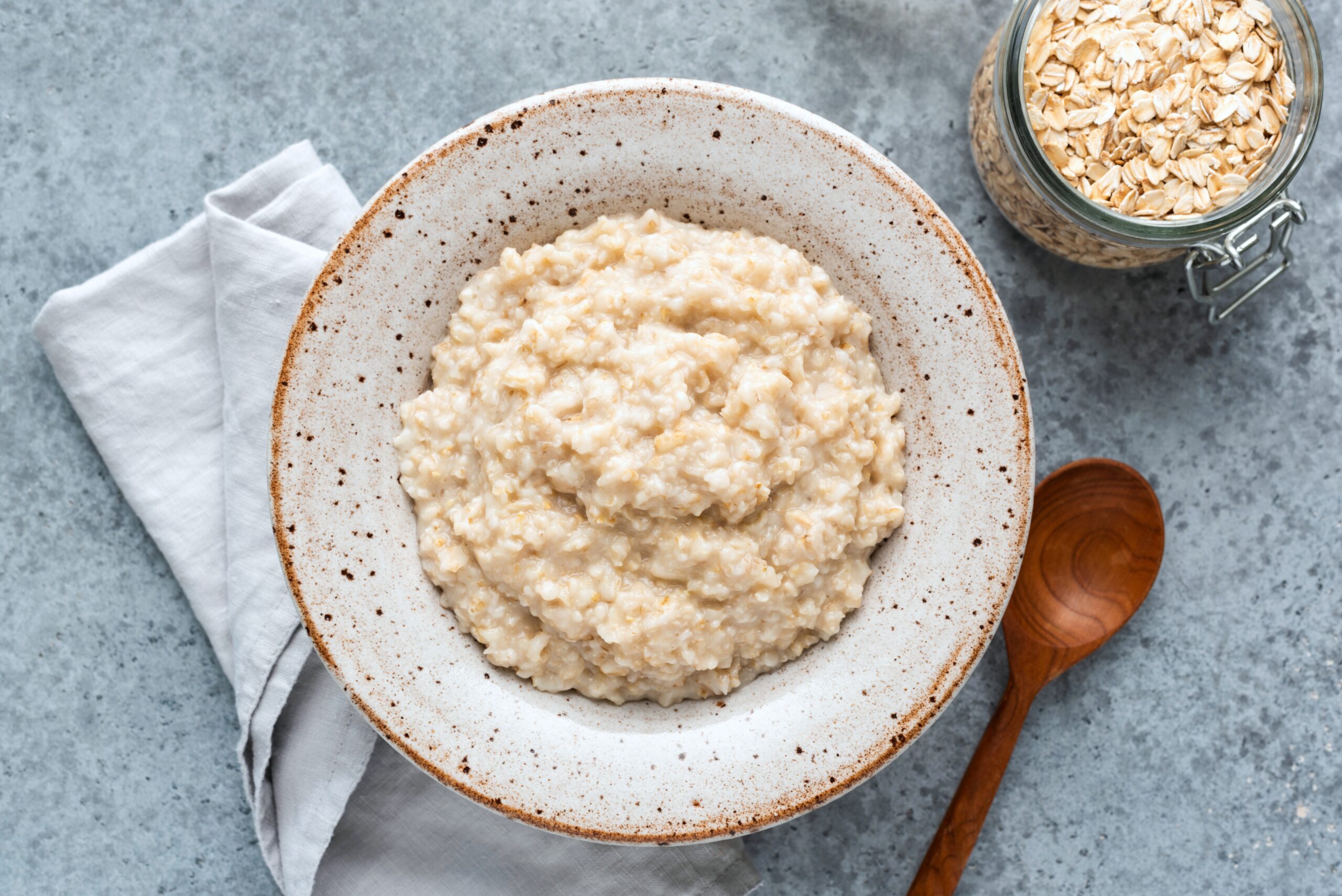
In the early 1930s, scientists at Cornell University came up with milkorno, an inexpensive food to feed the Depression-hit masses.
This had the idea to feed large audiences for small amounts of money. It was during the time an incredible necessity to need to meet. Many starved during this time but dishes like this helped.
It’s a mixture of dried milk powder and cornmeal, and could be eaten as a gruel-like oatmeal or worked into recipes like those kept at the Cornell University library.
“Anything” Loaves
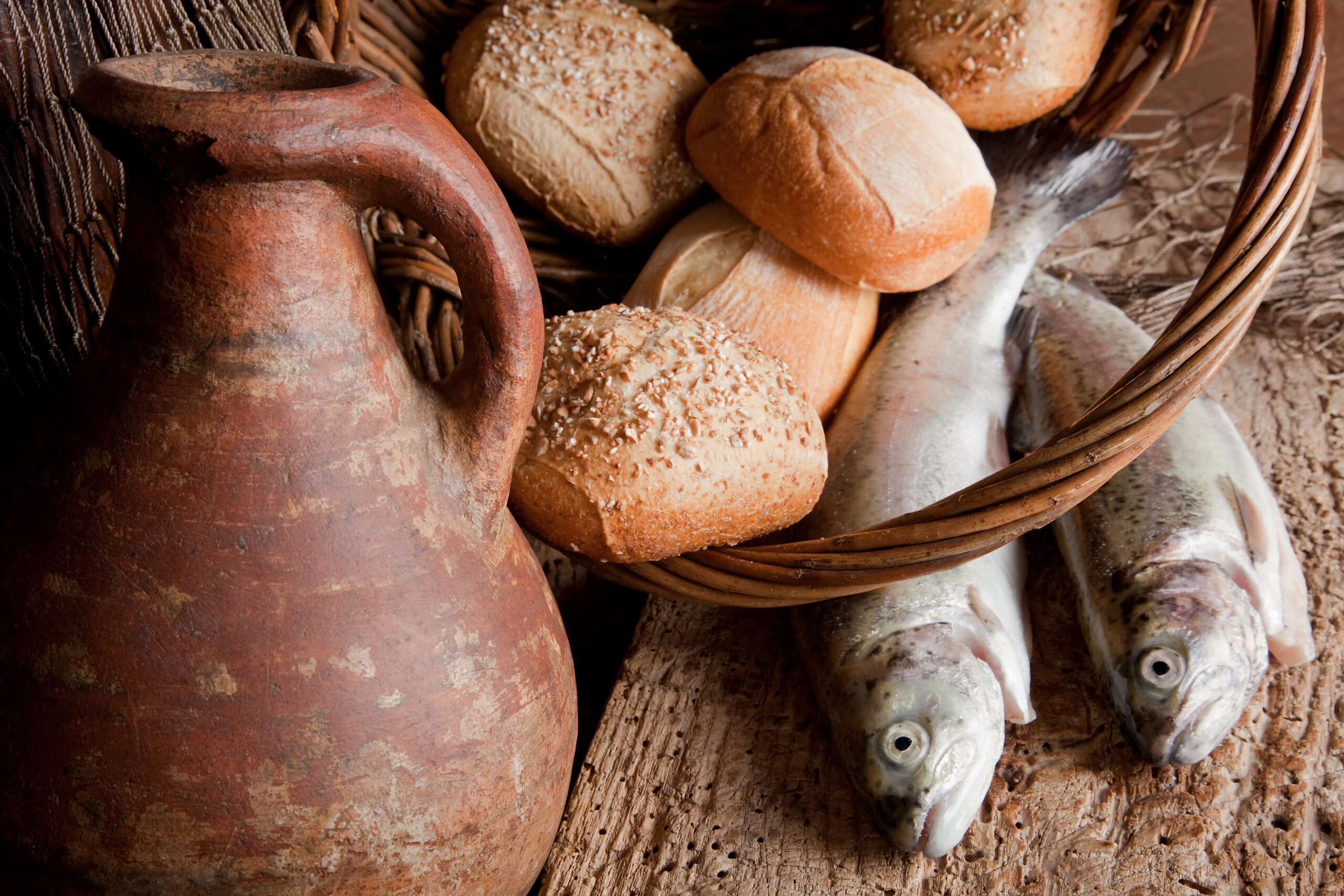
When families couldn’t afford the meat that went into traditional meat loaves, they put together “anything” loaves that were basically whipped up from whatever was on hand.
Nuts, raisins, leftovers, and bread were packed into loaves that served as supper for families who needed to pinch pennies. This was a truly odd one but hey it worked for some people.
The “anything” concept comes up frequently when we discuss Great Depression eats, and rightfully so-it was all about being inventive and coming up with creative ways to eat.
Boiled Carrots and Spaghetti
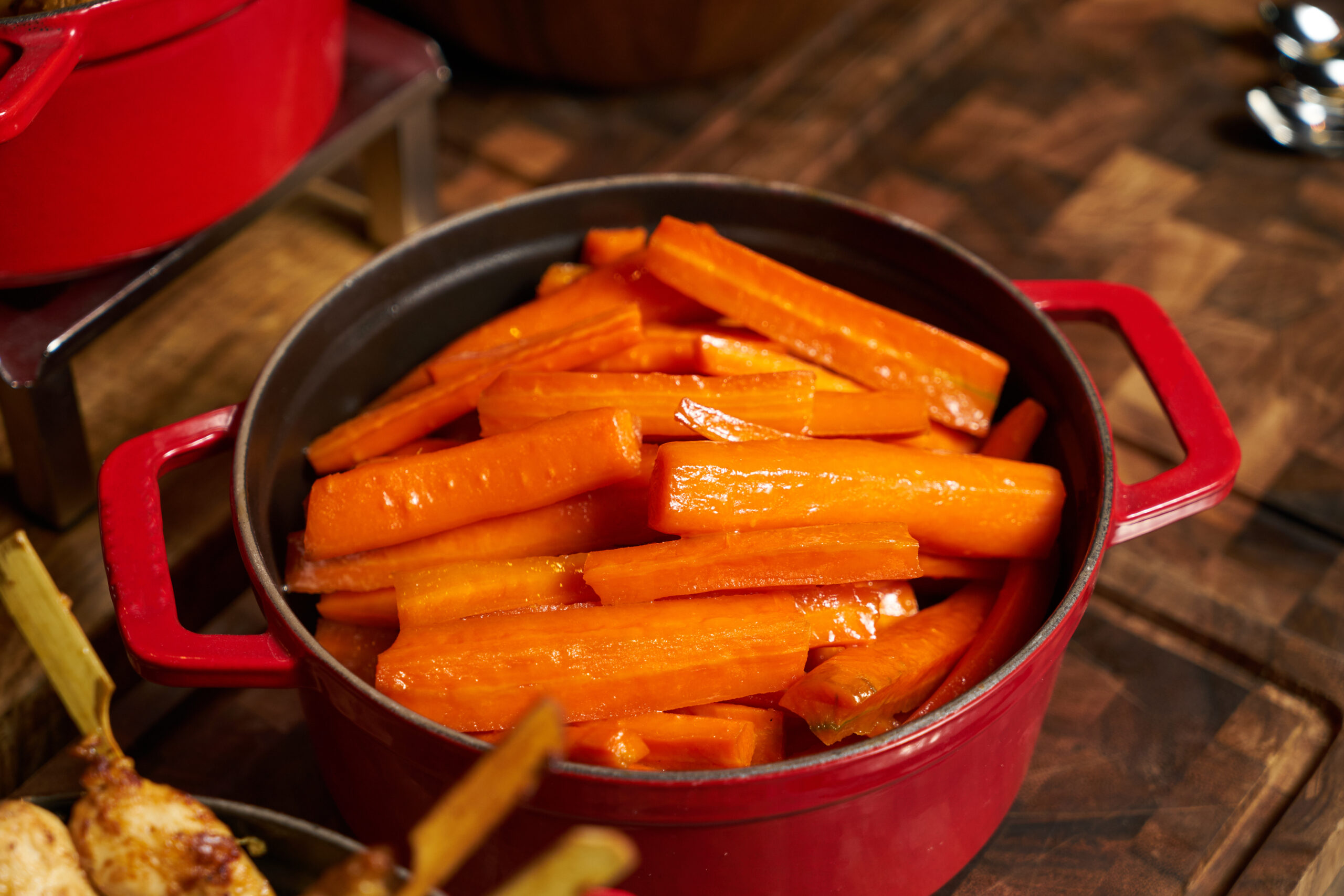
According to culinary historians Jane Ziegelman and Andy Coe, coauthors of A Square Meal, Depression-era spaghetti was boiled for a good 25 minutes.
“Then you make white sauce,” Coe told San Francisco’s local public radio, KALW, “which was the sauce which is poured over everything for budget meals during the Great Depression.
“Bland is really the operative word here,” Coe continued. “It does not have much flavor, and it wasn’t really supposed to have much flavor. What it was was a vehicle for nutrition and nutrients.
Milk, Milk, and More Milk
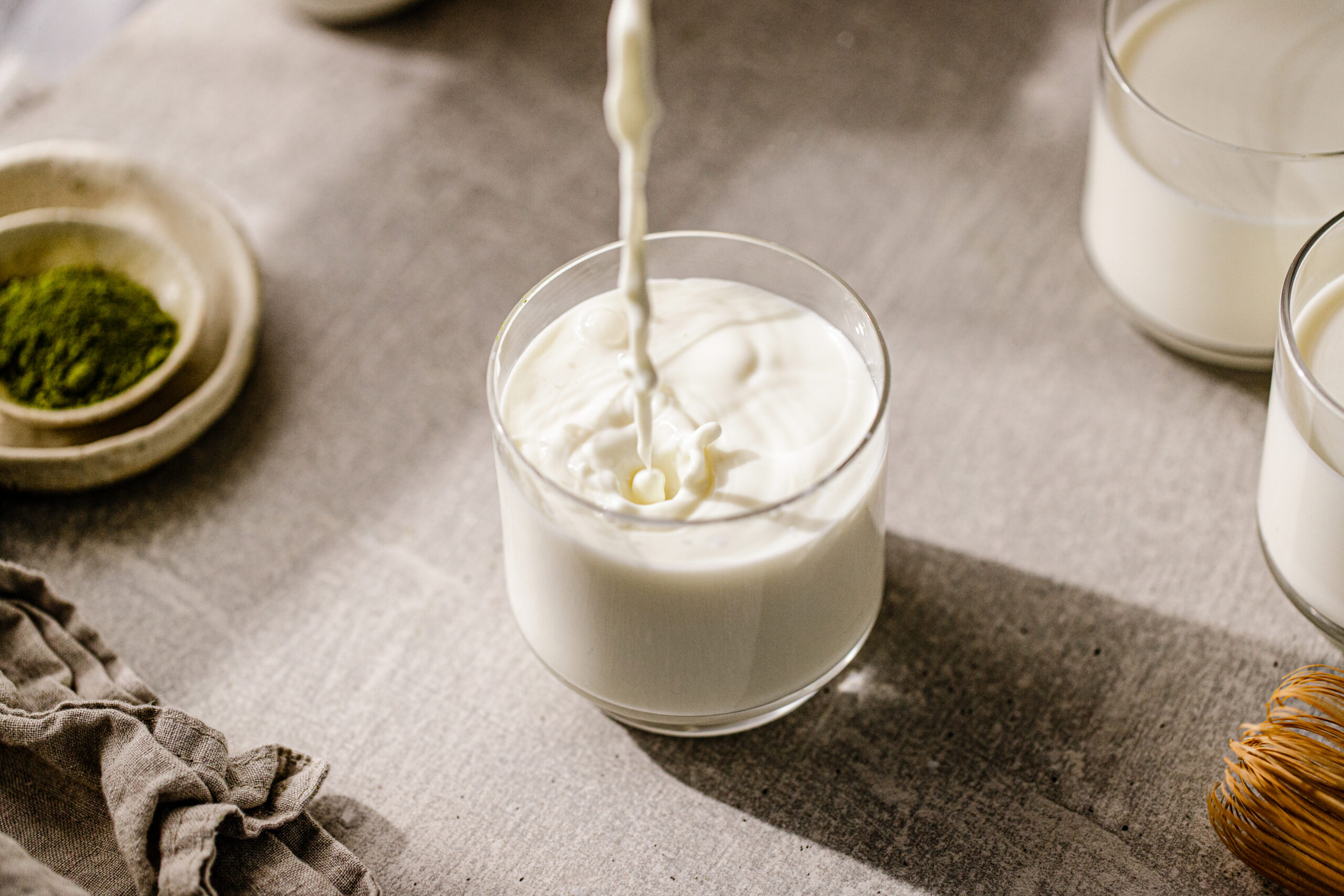
School lunches became a thing at the beginning of the 20th century. Progressives wanted to help children from poor families by providing them with at least one nutritious meal per day.
A typical school lunch in New York public schools consisted of “pea soup without milk; Italian spaghetti with onion and tomato sauce; white rolls, buttered,” according to Ziegelnan.
In fact, kids were advised by the government to drink up to a quart of milk per day. It was thought to be a superfood of sorts, and was definitely more filling than water. Who doesn’t love milk after all?!
“Plain” Pizza

Clara said that when her mother used to make bread, she’d save a piece of the bread dough to make pizza for dinner that night. This kind of pizza looked nothing like the pizza we’re used to today.
Clara said that they used to eat their pizza “plain,” which meant the dough would be rolled out, cooked, and then topped with a bit of butter. They couldn’t afford the sauce and cheese, but were happy enough!
However, now being able to afford all the “good stuff,” Clara makes her pizza with tomato sauce, anchovies, mozzarella, and basil.
Poor Man’s Boiled Cake
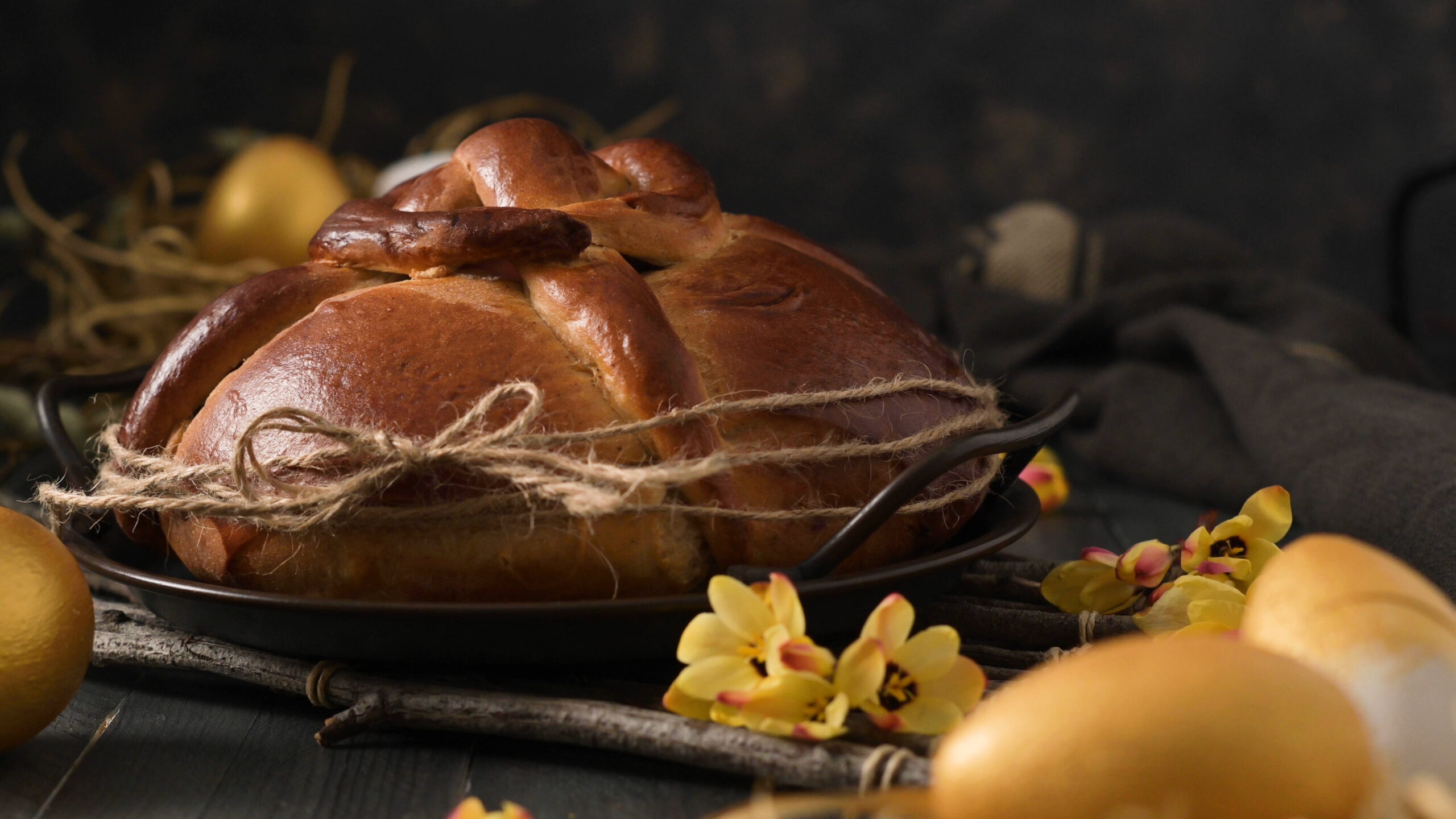
This cake doesn’t contain any eggs, butter, or milk, yet somehow it still tastes alright. Emmy from emmymadeinjapan found this recipe in the book A Thousand Years Over a Hot Stove by Laura Schenone.
It uses lard as the fat, and is spiced with cinnamon, cloves, and nutmeg. A very interesting recipe for sure. Much like others here it contained its own type of uniqueness to it that was “with the time”.
For the most part, it tastes like a spice cake, and according to the woman who lent the recipe to the book, it “somehow tastes like the Great Depression.”
Chop Suey
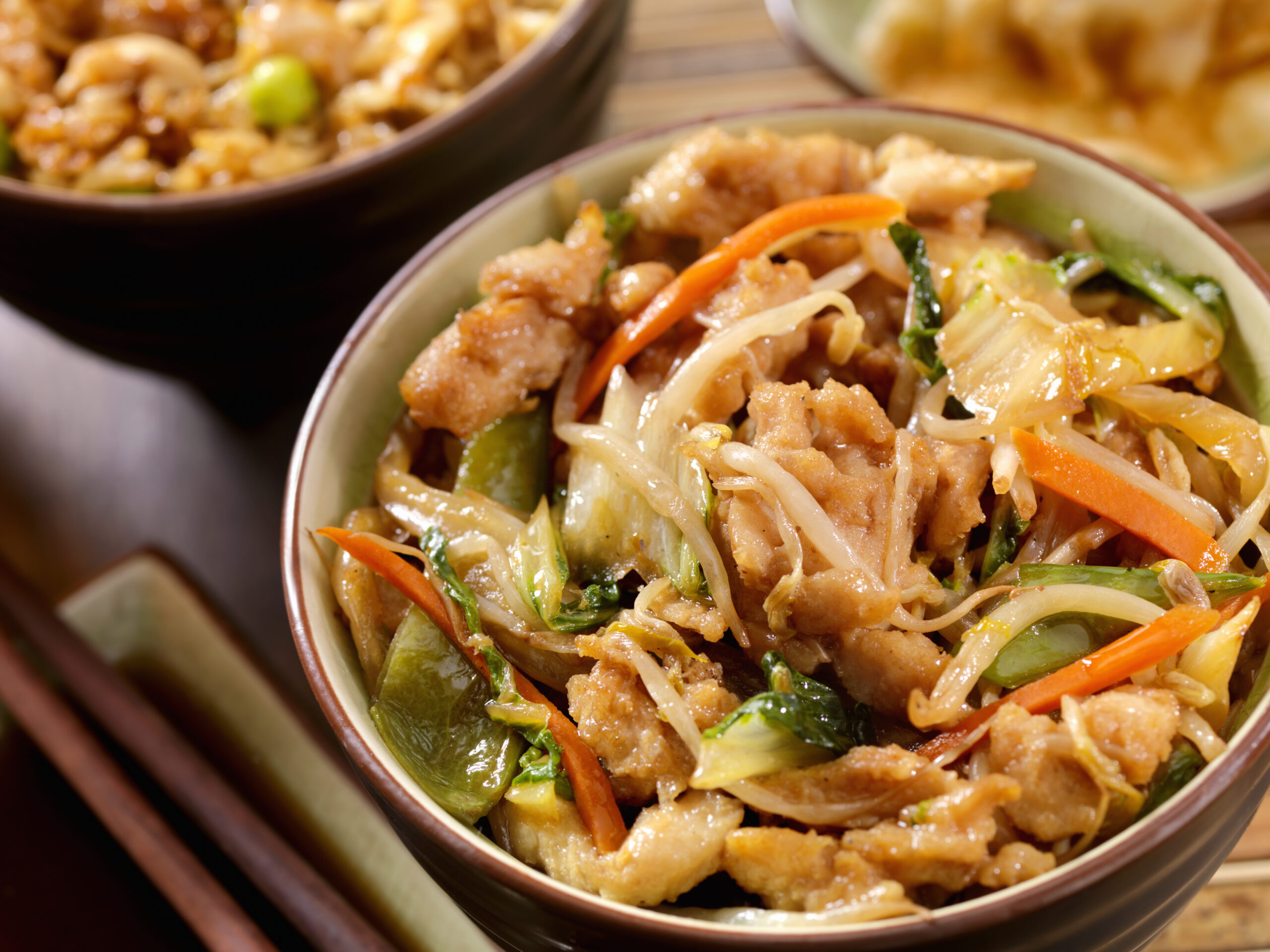
This American chop suey from 1938 was popular with families in the Northeast. It is a mish-mash of ground beef and macaroni (or rice, sauce, and macaroni).
Sure, some of these Great Depression recipes haven’t stood the test of time. But back then, they were favorites among families who needed to keep things cheap, yet nutritious.
Through tough times, they were able to invent dishes that stand the test of time. Macaroni is eaten daily, apple pie is an American staple, and people have taken numerous adaptations on the different breads.
Oatmeal Cookies
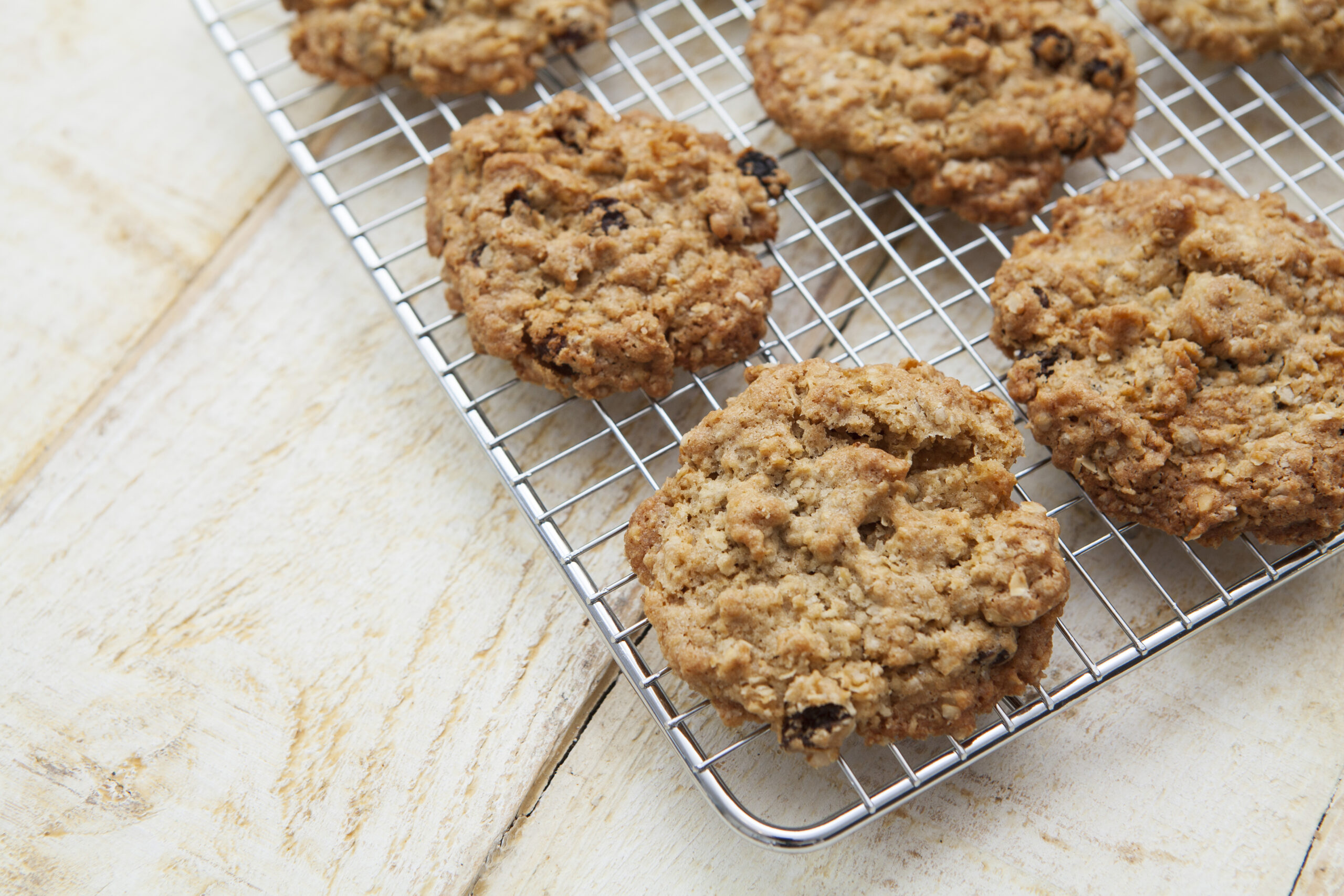
Oatmeal cookies are delicious but they are also super easy to make. This made them a staple during this difficult period of time.
Oatmeal itself being so inexpensive made oatmeal cookies a relatively easy make. They may have not been perfect, but a good oatmeal cookies is unbeatable.
Some people prefer with raisins while some don’t. You will have to decide for yourself but we believe either way is A-OK.
Cornbread
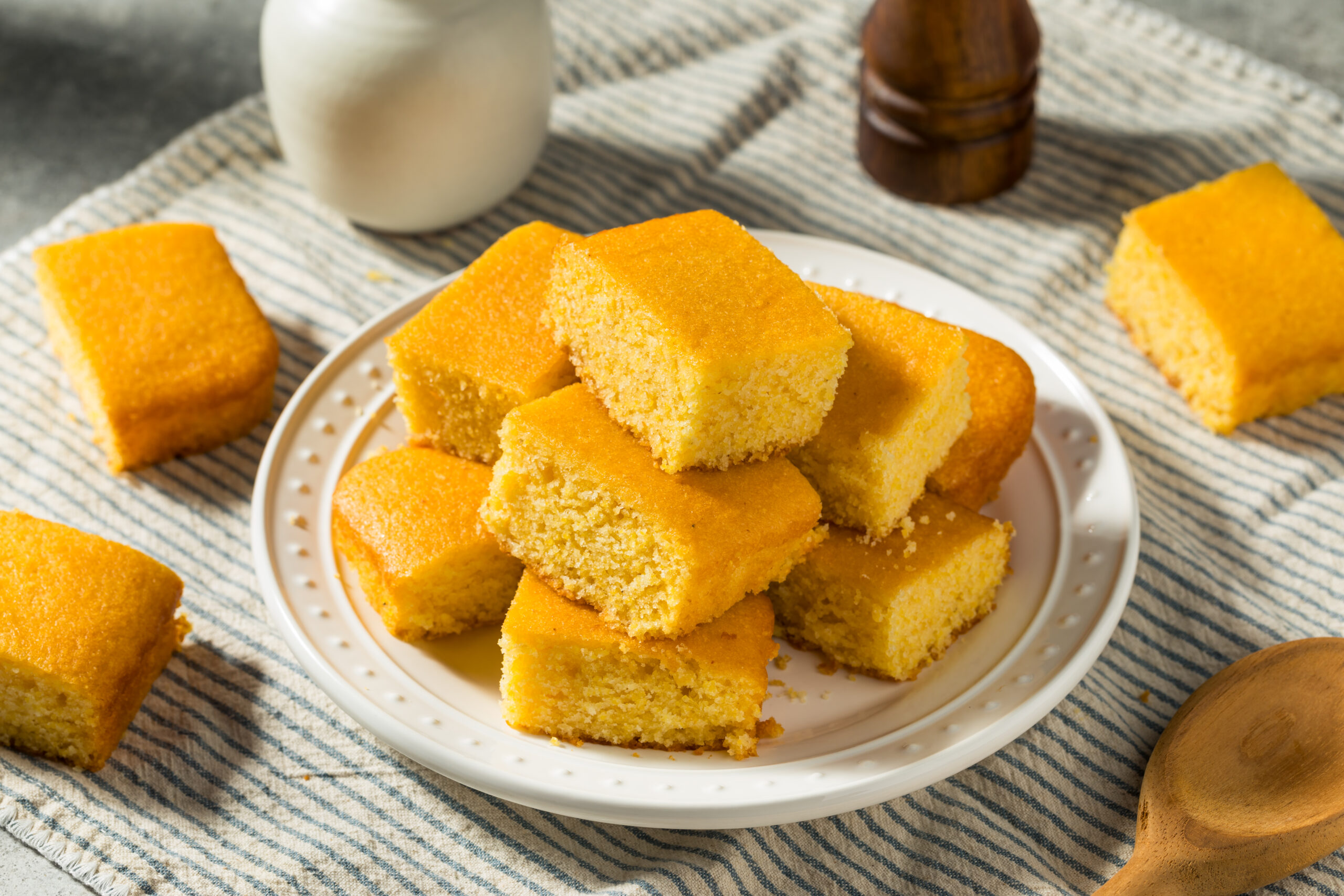
Cornbread is a delicious treat that is enjoyed all times of year. In times like Thanksgiving, cornbread is the king! It always seems to be the hot dish.
Cornbread was very easy to make during the Depression. Think of the Jiffy boxes you get today, its so simple! And it always turns out delicious.
Cornbread is most delicious when you include actual corn. It adds a flavorful punch, and is just unbeatable in so manys!
Cottage Cheese
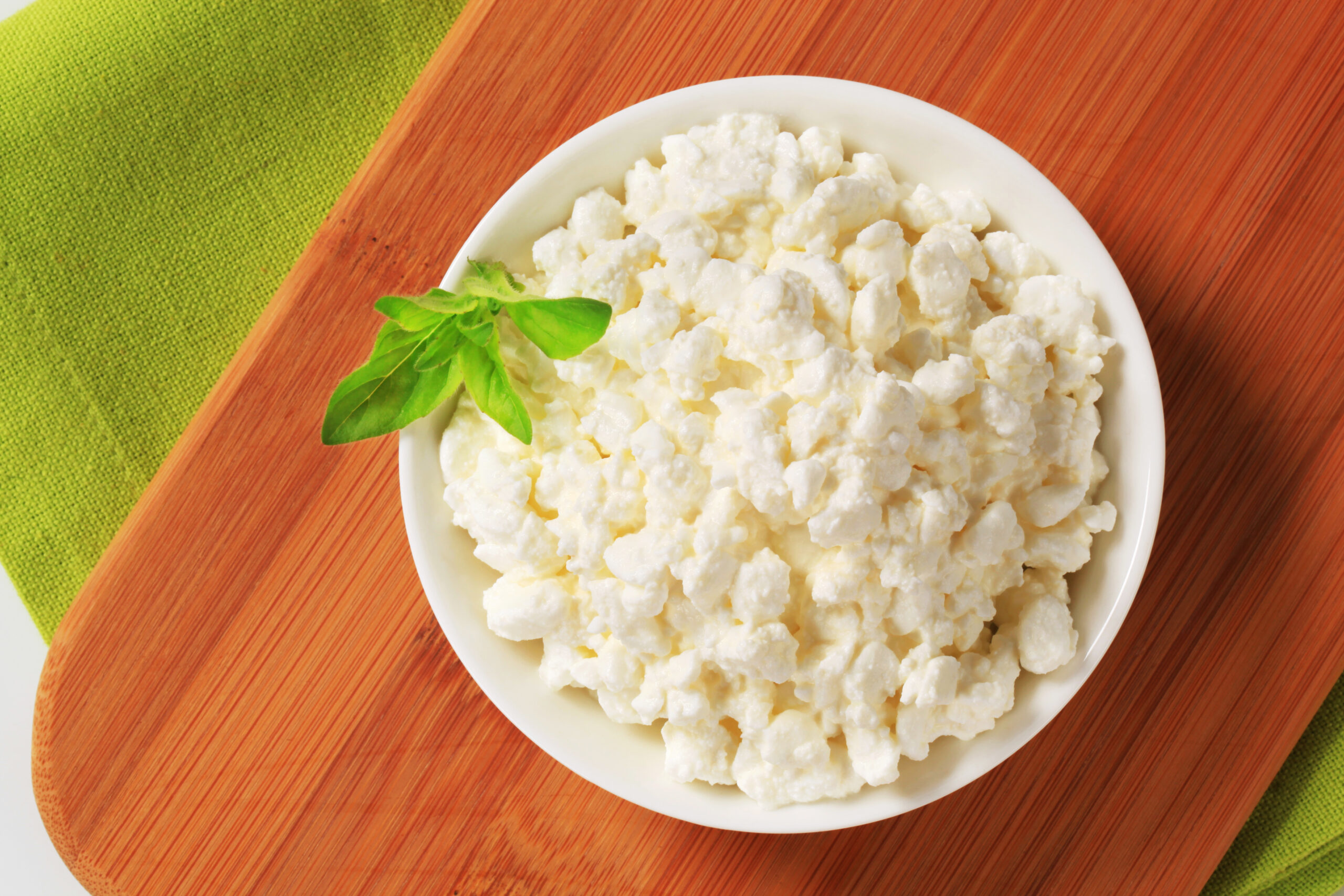
The story behind cottage cheese is pretty crazy. Especially after a dairy surplus in 1918-cottage cheese was quite literally advertised as a cheaper substitute…to meat.
Yep, that’s right. Due to the price of meat and easy availability of dairy, those who focused on preservation were big advocates for cottage cheese consumption.
To think, so many individuals today are super not into cottage cheese. Once upon a time however, cottage cheese was regarded as a bountiful meal!
Pinto Beans
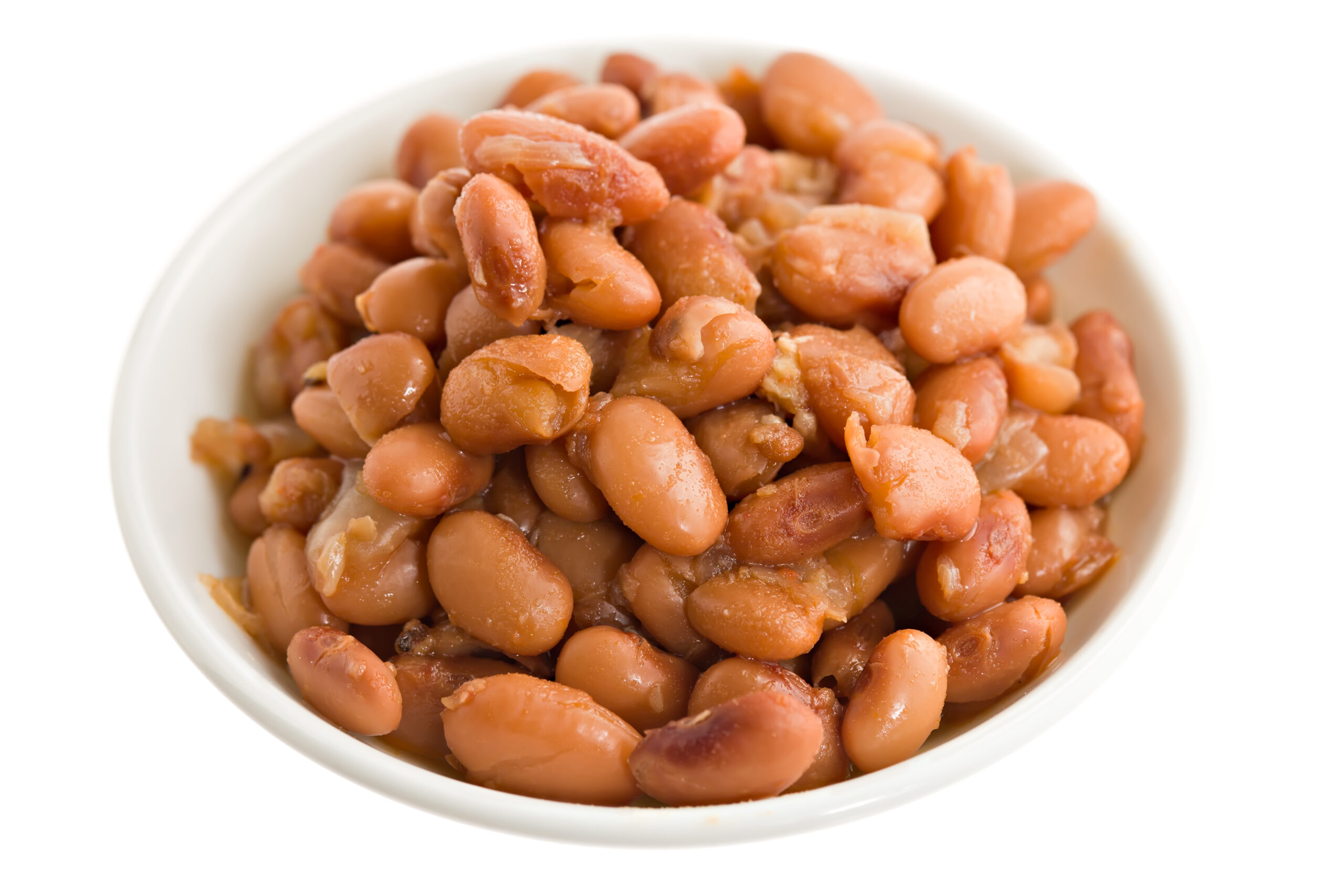
Pinto beans and just beans in generally were eaten in mass amounts during the depression. Think of the cost of a can of beans…It served a lot of families well.
Beans do have a lot of protein. Its not surprising that it was a go-to during this time. It works with breakfast, lunch, and dinner! Beans, beans, beans!
Some people even enjoy beans on toast. During the period of the depression, beans and toast was considered a big meal, and people were always grateful for such considering the time.
Creamed Peas On Toast
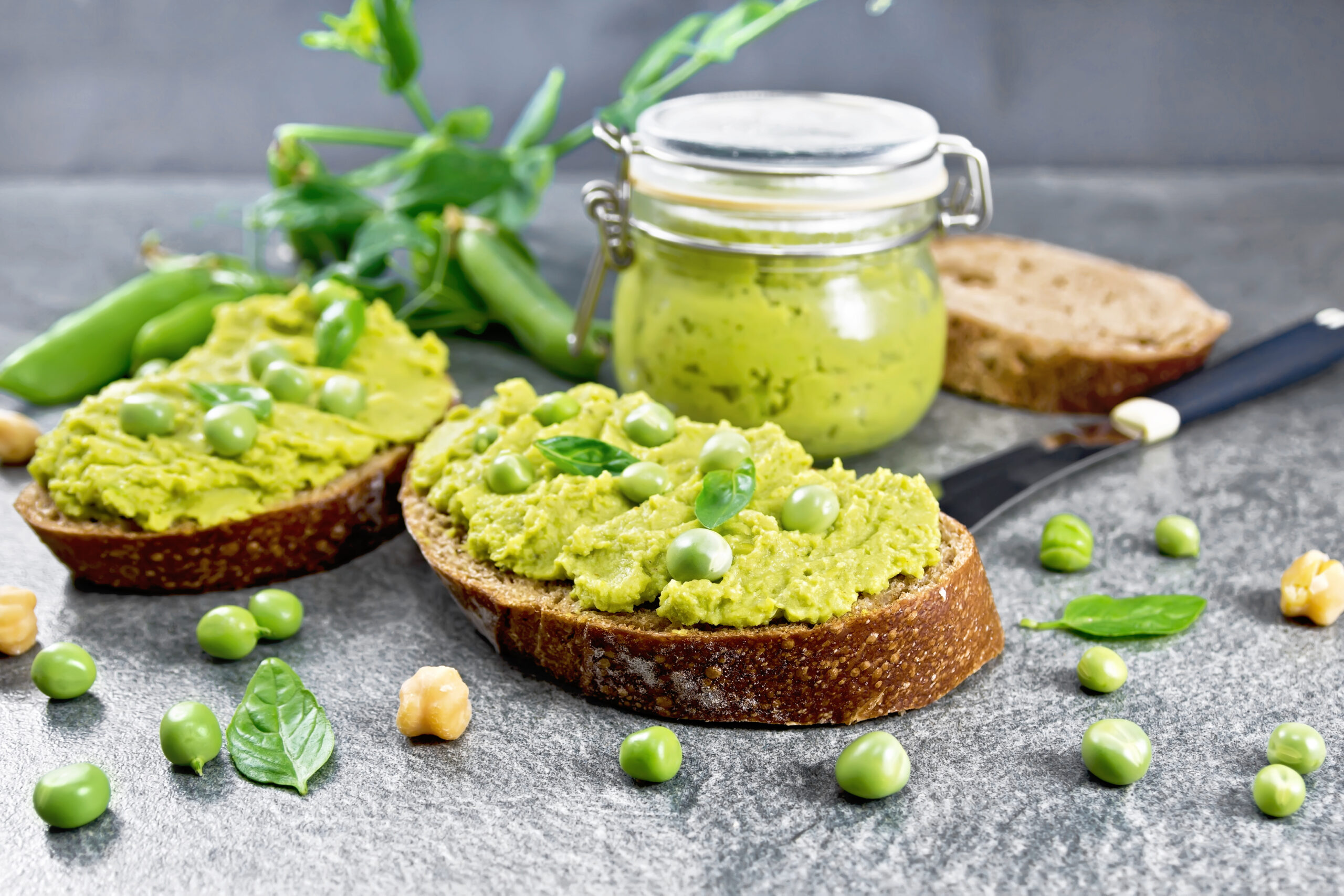
Smashed peas on toast. This doesn’t sound amazing. It was filling though, and it got the job done! It was fairly straight forward too, not costing much money.
There is something to be said for people that can be inventive like this. Some of their recipes stood the test of time and last today.
This one may not be super popular still today, but it is a tasty dish if you are a big fan of peas! Just do not forget thick toast!
Cabbage Soup
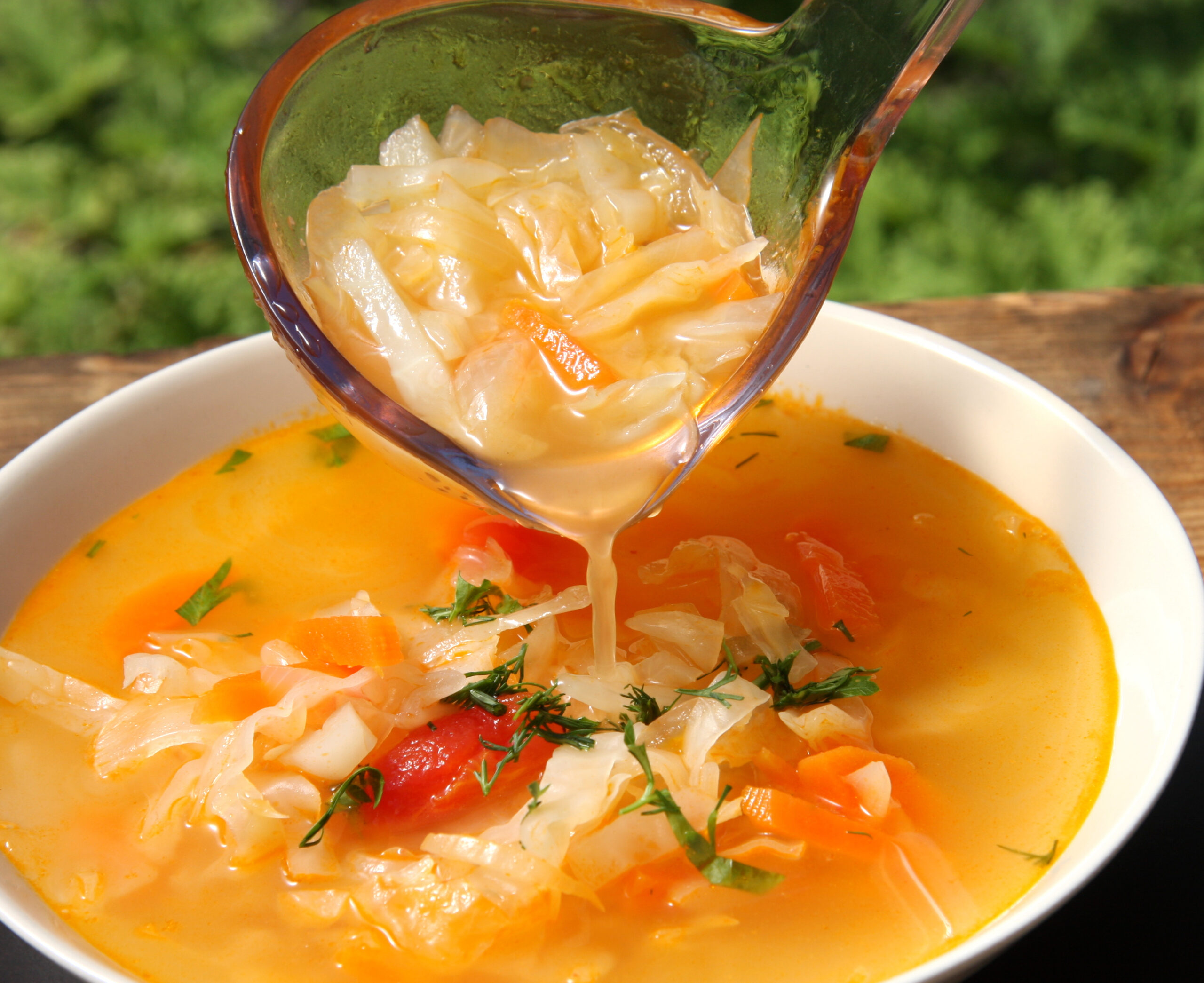
Cabbage soup was great because it was a hodge podge dish but it also involved cabbage which was easily and readily available.
It may not sound the most appetizing, but when seasoned right and simmered with vegetables, you can create a beautiful warm bowl of nutritious stew.
Cabbage was a key ingredient in many different dishes during this time. Many vegetables and dairy products were used large amounts.
Liver Loaf
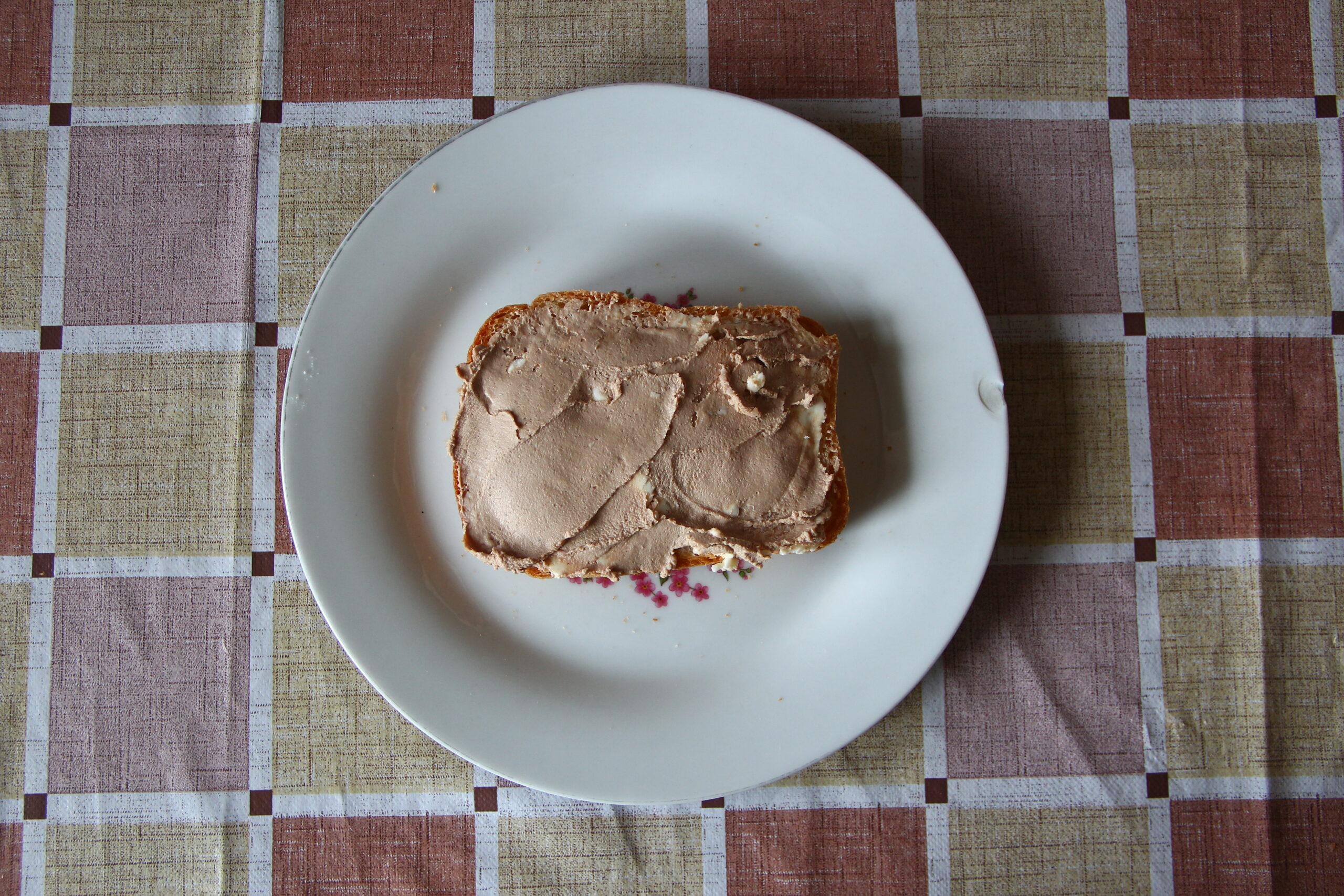
Liver loaf, oh, liver loaf. We cannot exactly call this a delicacy. It involved mashing together a bunch of meat along with some chemicals too to create a liver loaf.
Braunschweiger and liverwurst are German sausages mainly with liver, but in the US they would turn these insides into actual loaves, like a bread!
If you like liver, then a liver loaf is just up your alley! This is a perfect example of a food that was of taking what you had and making the most of it.
Squash Casseroles
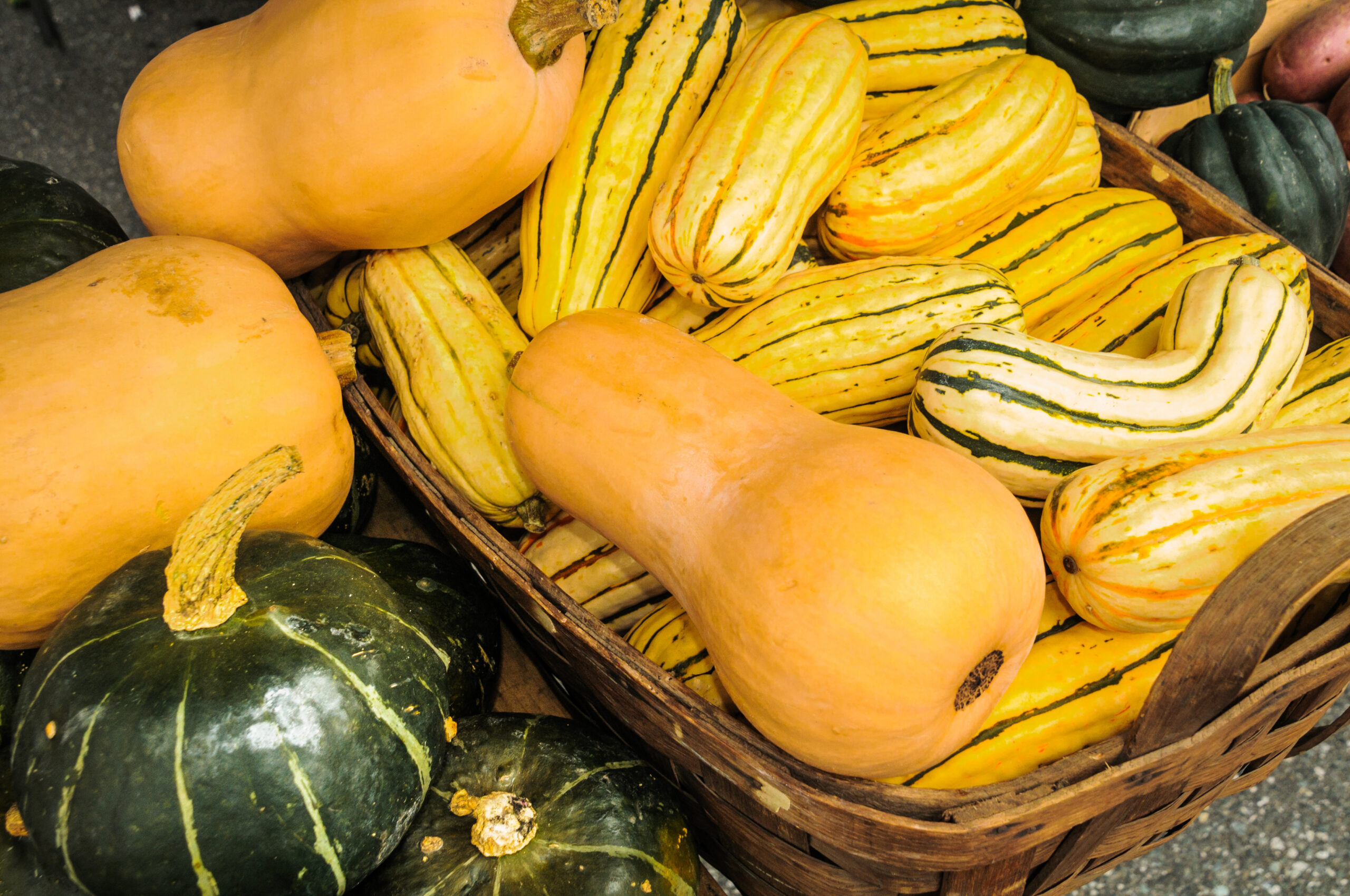
Squash casseroles were a delicious way to make the most of this unique vegetable. It was regularly available, but you could only do so much with it.
Squash is super tasty and its a delicious vegetable. It is sometimes enjoyed during the fall, but you can never go wrong with a good old squash casserole.
Squash, cabbage, cottage cheese, there really were some odd foods emphasized during the depression, but they were regularly available, so people made sure to utilize!
Tuna and Noodles
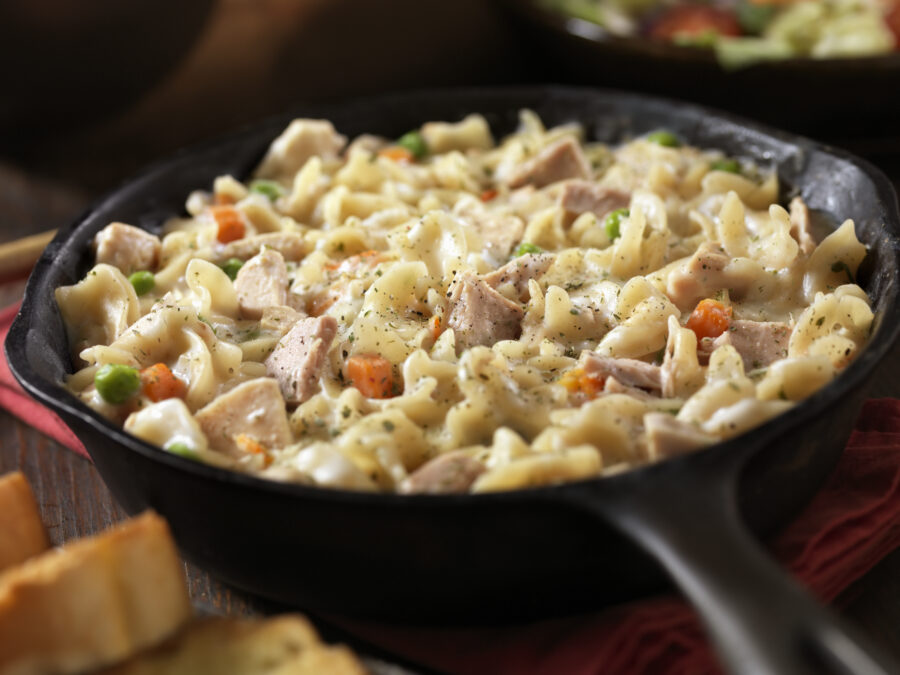
Tuna and noodles was a super easy meal during the depression. A can of tuna and a bunch of pasta noodles would really do the trick.
If you enjoy tuna casserole, then this would be 100% up your alley. People would include carrots, peas, and other veggies to perfect the dish.
This dish has evolved quite a bit over the years. Some households and restaurants will serve this regularly! We have this period of time to serve as a lesson for making the most of things.
Corn Syrup Pie
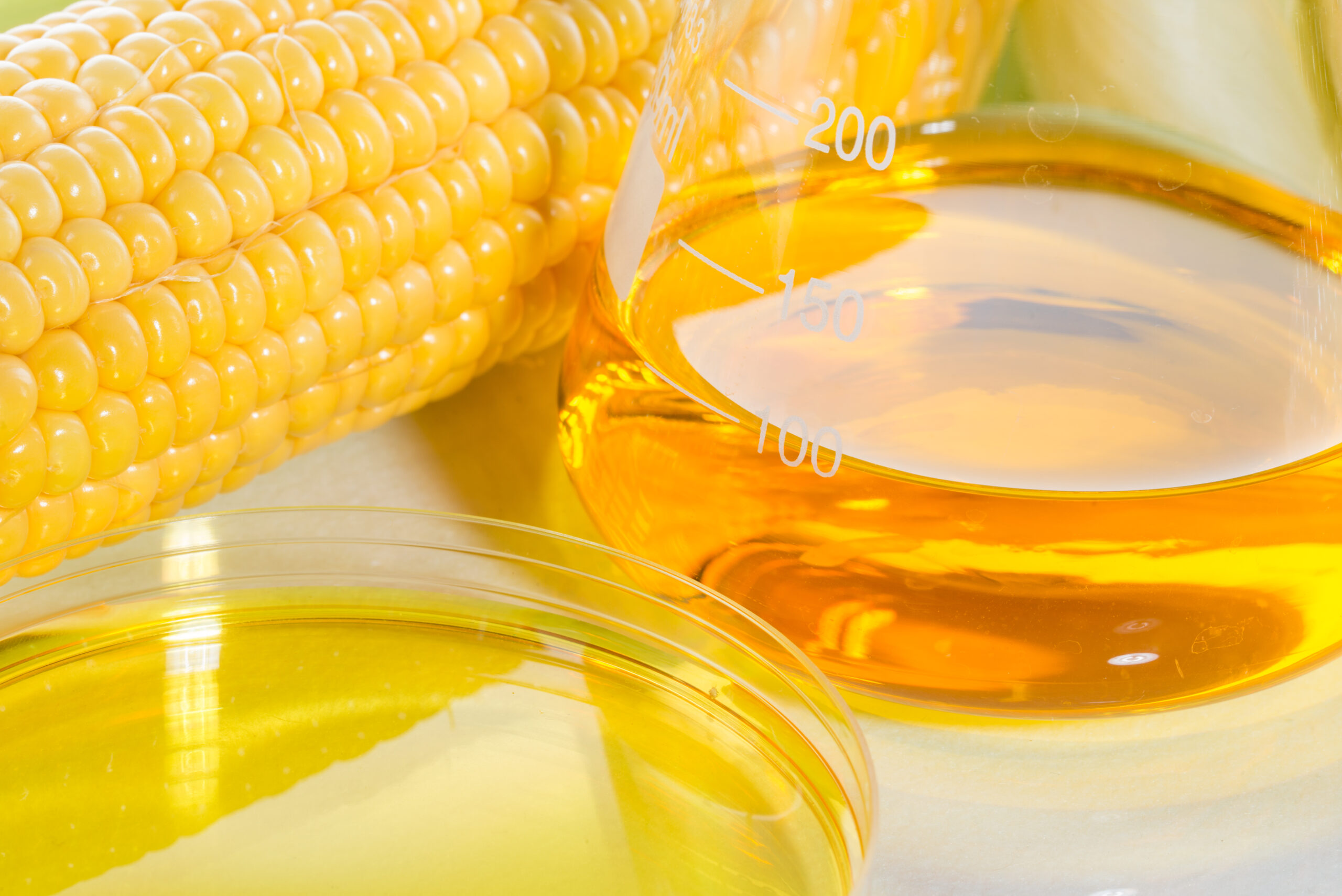
Corn Syrup pies are very similar to a water pie. It didn’t involve much. You would use the corn syrup as your base and then fill it whatever you like and bam!
A lot of people enjoyed putting pecans in a corn syrup pie. Corn syrup usually has a light vanilla taste. Sometimes it may be darker and more syrup-like.
This pie was actually pretty tasty. Think of something like a molasses pie…It may not be the most delicious sounding but during this time it was a sweet treat!
Turnip Greens
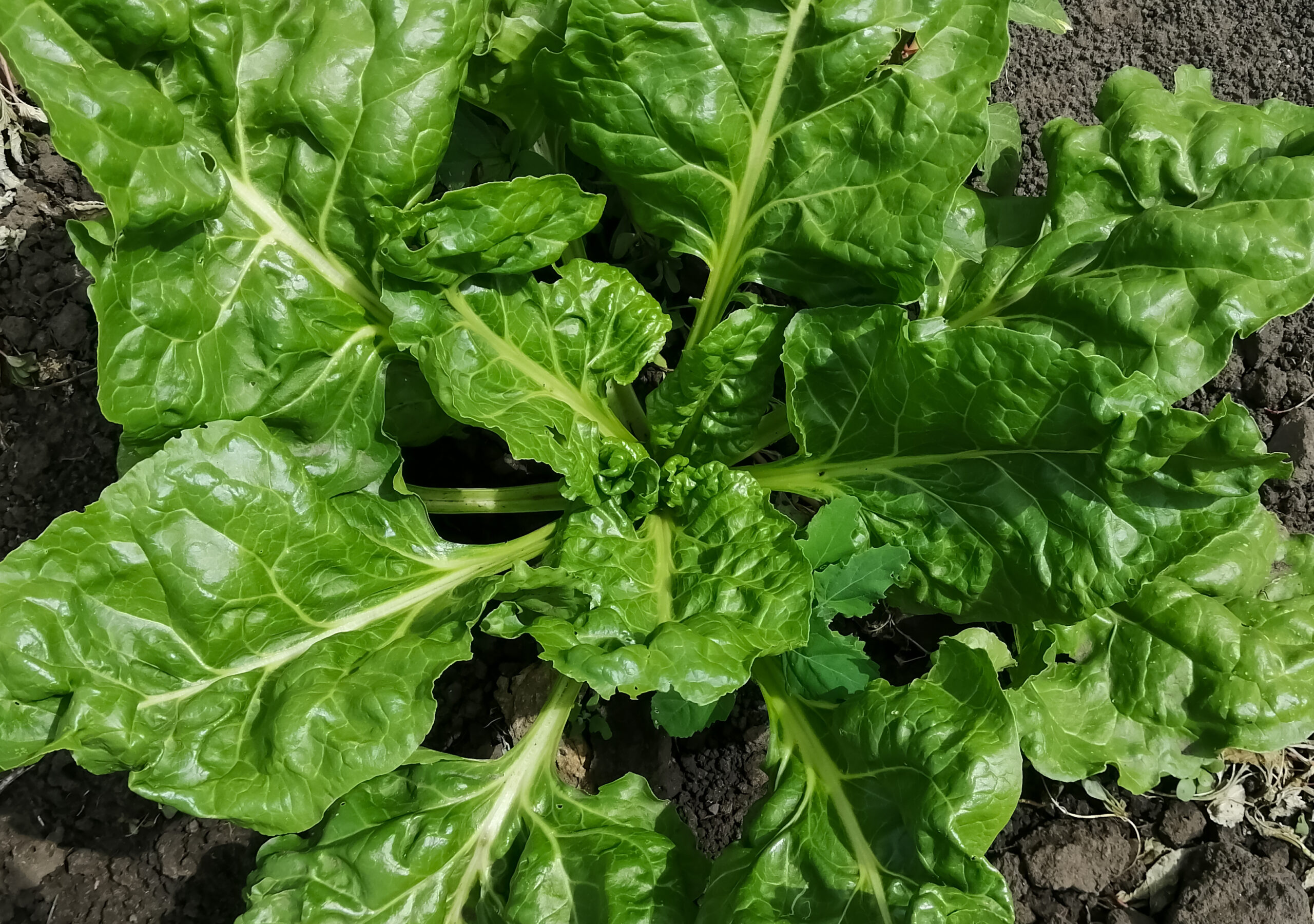
Turnip greens are a wild one, but people would in fact take the roots and boil them down to go into a salad. This was really being conservative with food.
You can always get inventive with salads. Using turnip roots is certainly part of it. Going a step further, you can use the turnips themselves too!
Whatever you do, making a salad is a great homage to the Depression. Its a hodge podge but it also honors veggies which served so many people their meals during that period of time.
Mayo Cake
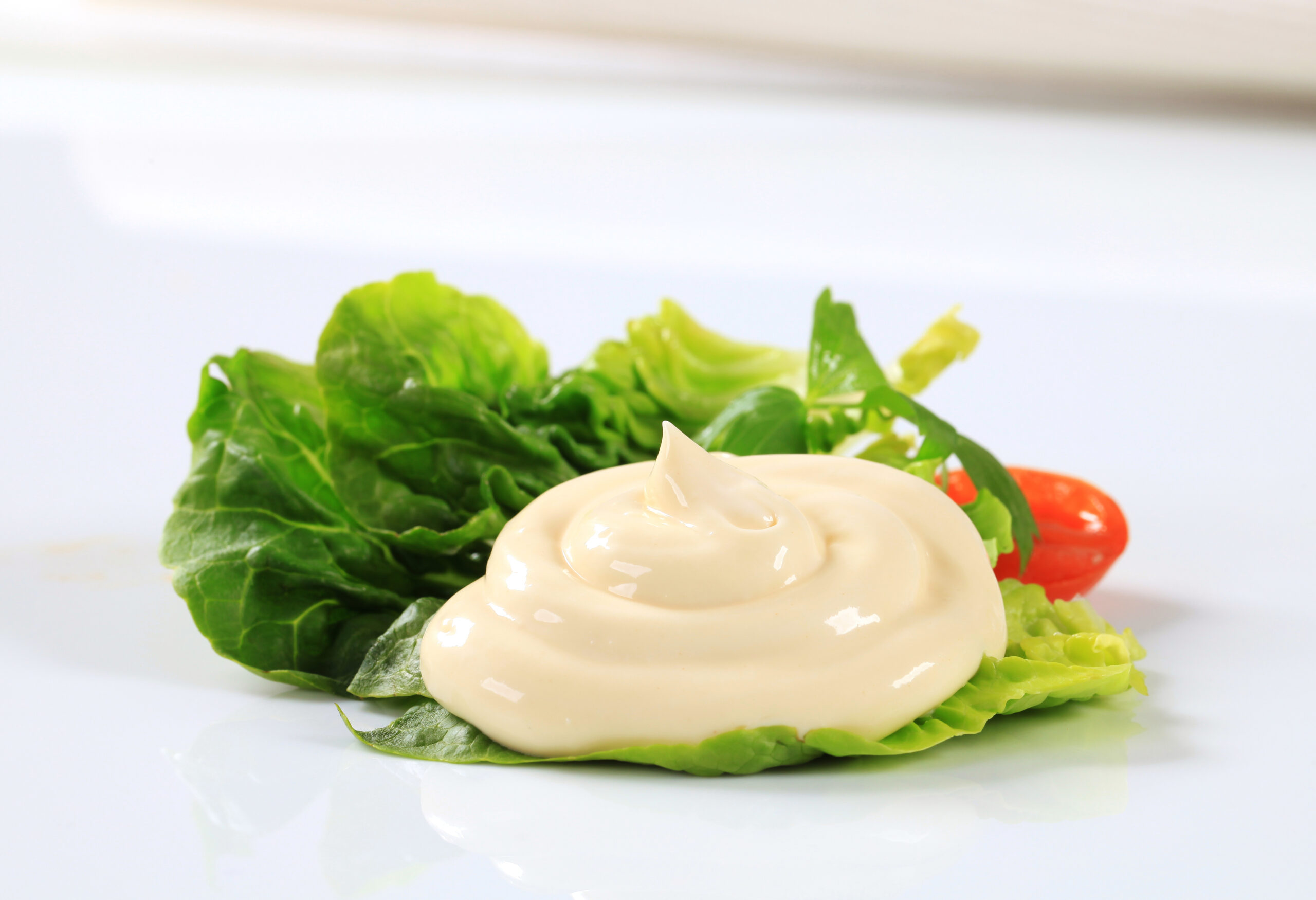
Here is another example of people being super inventive. While mayo may not be your ideal cake topping, if you don’t have much to work with, it may do…
Plenty of people over the years have found inventive ways to use mayo. A cake is about as inventive as it gets.
The Great Depression affected thousands of lives in the US and around the world. Inventive ideas like this kept people fed, and some still stand the test of time!

